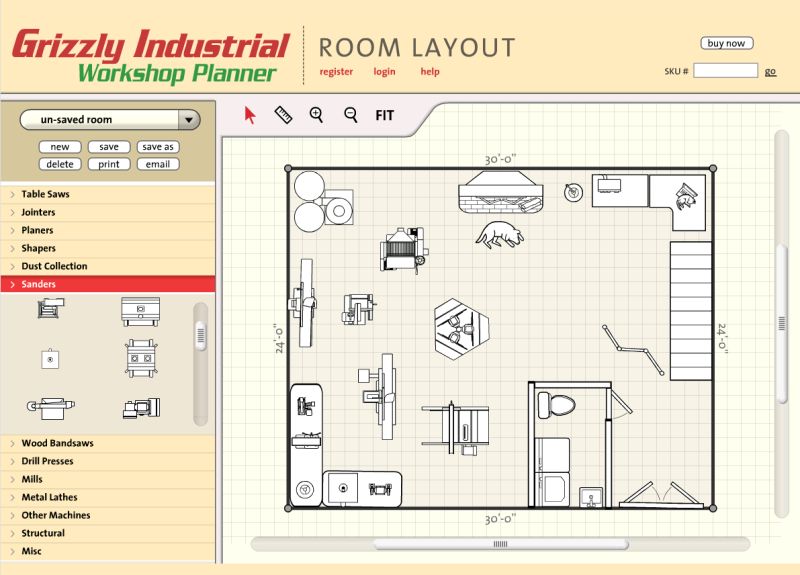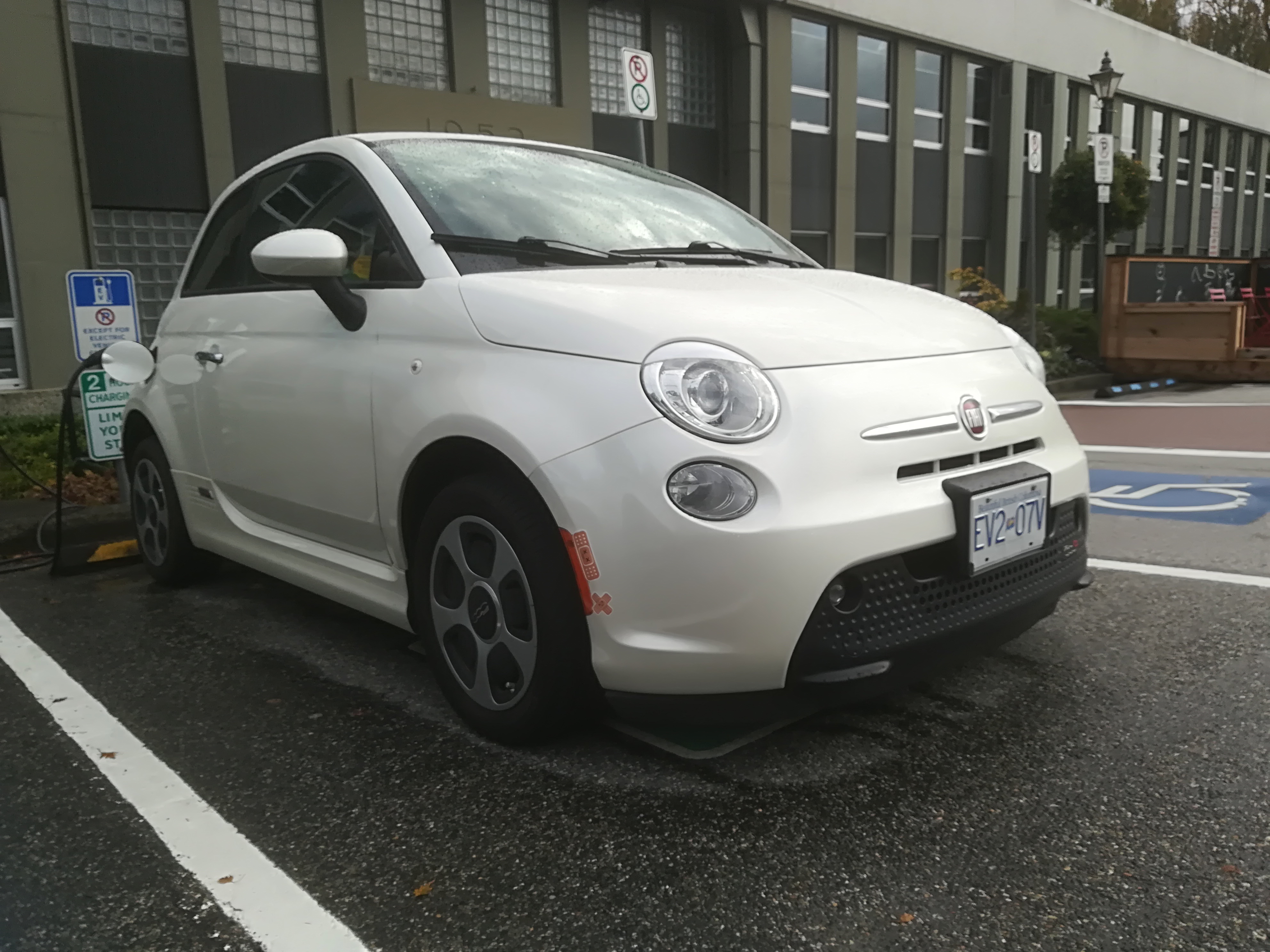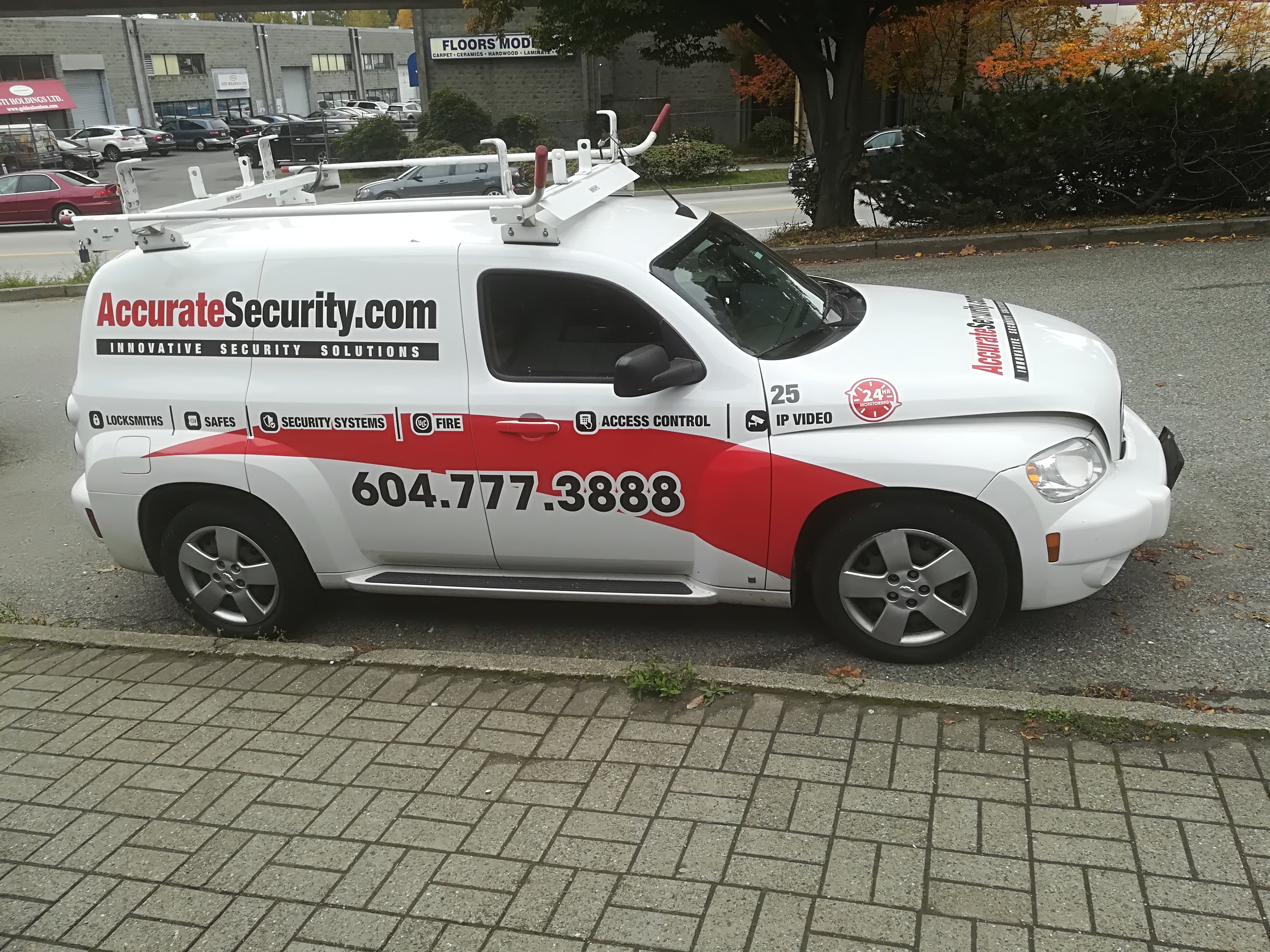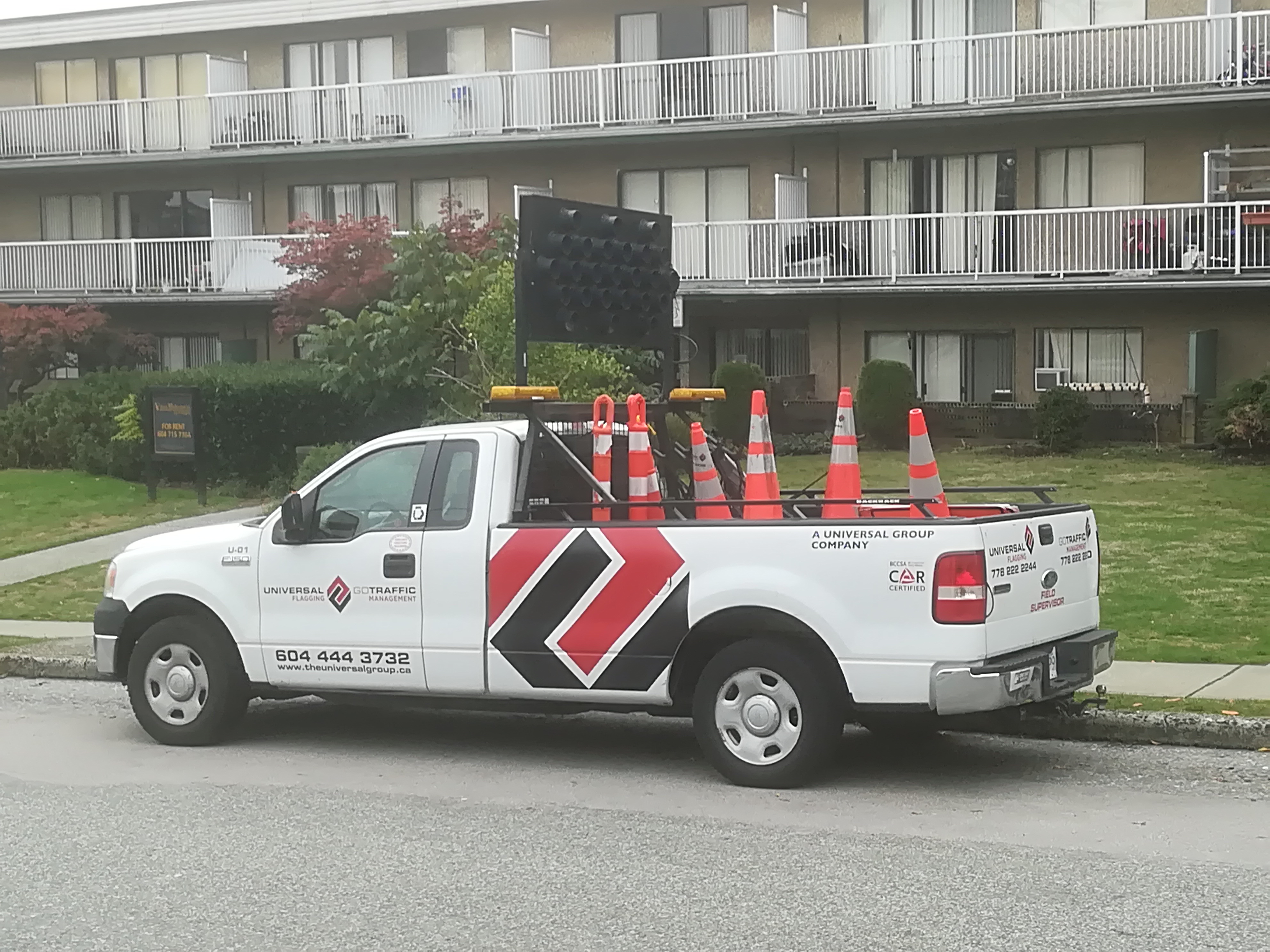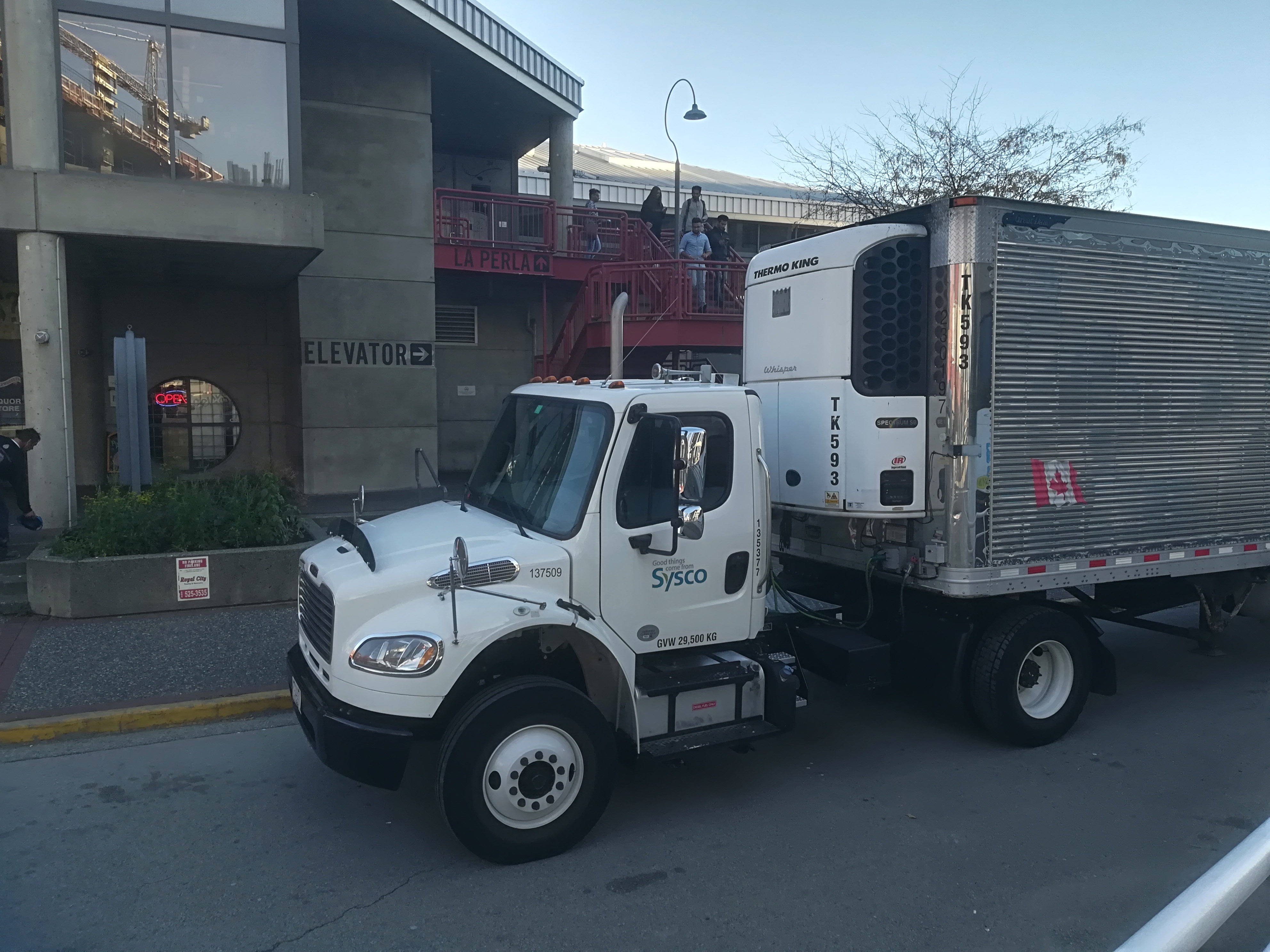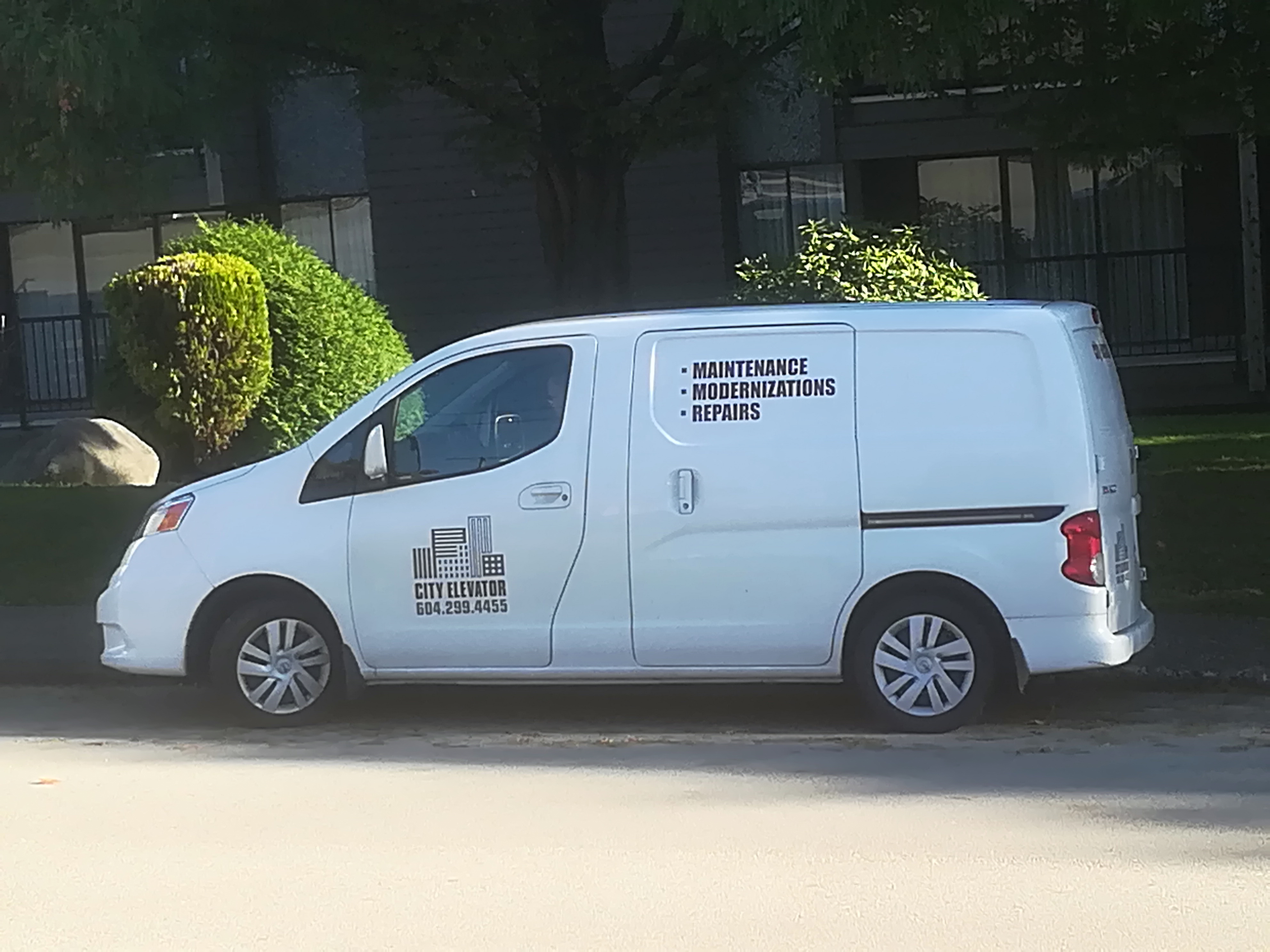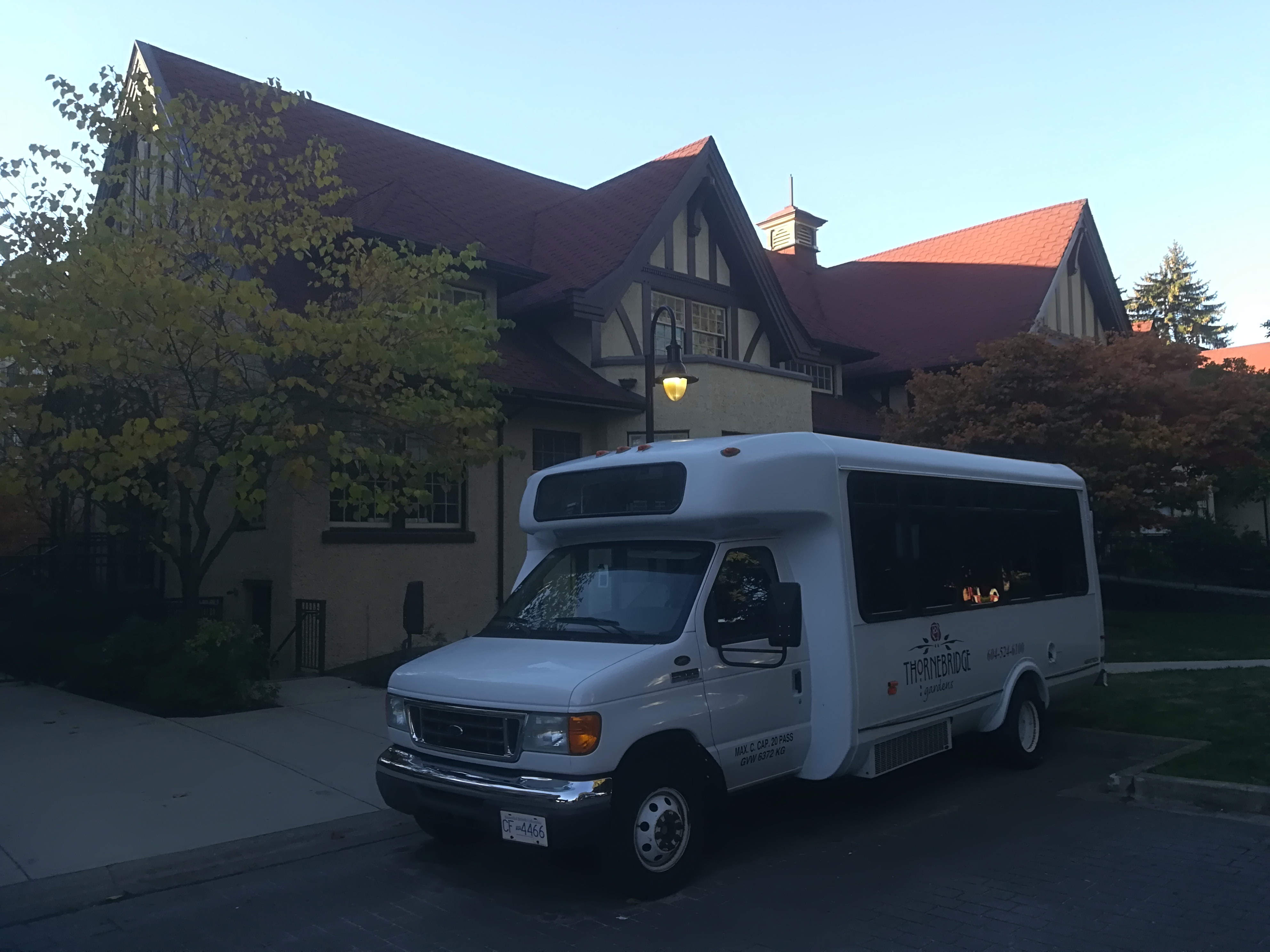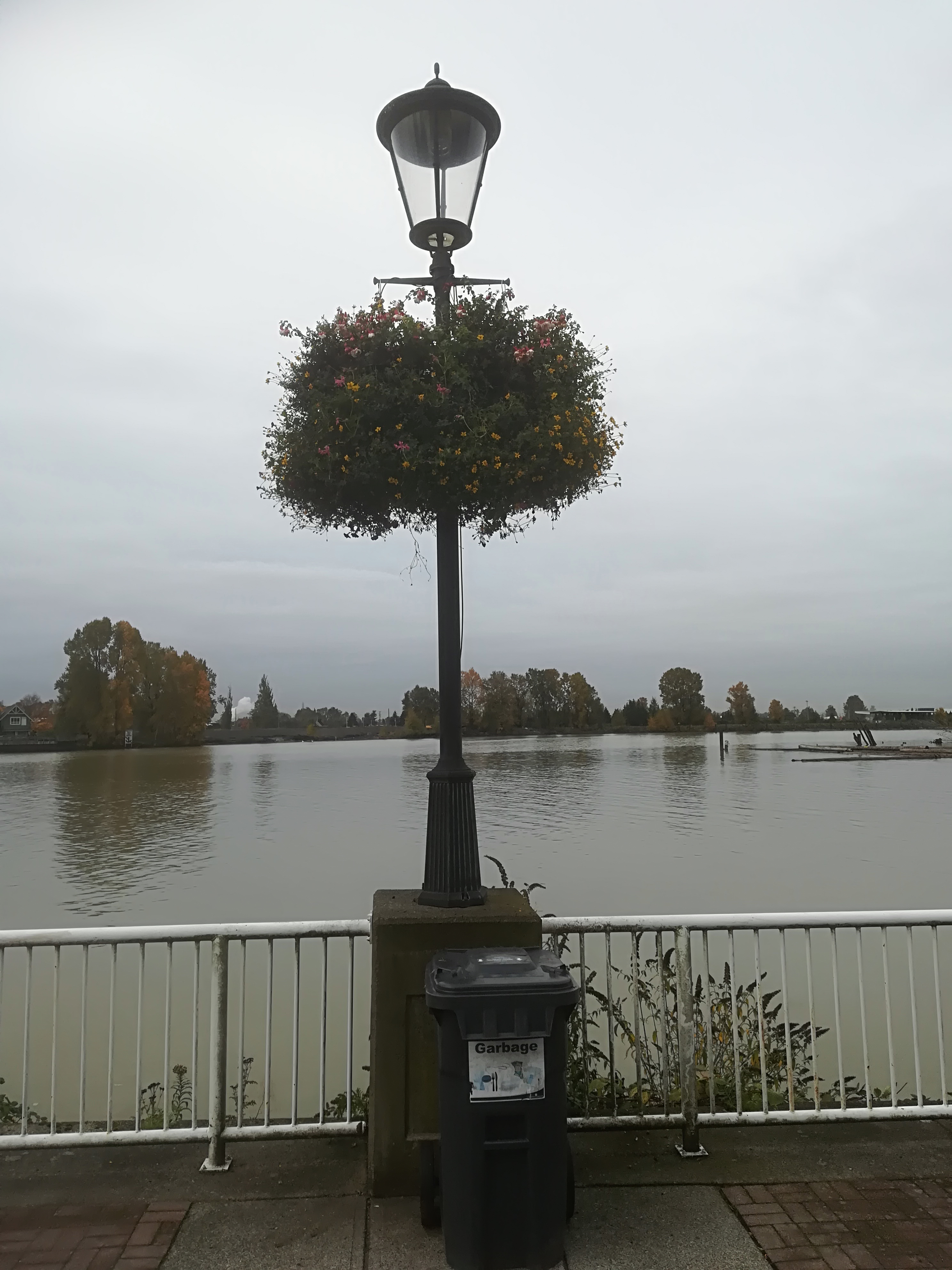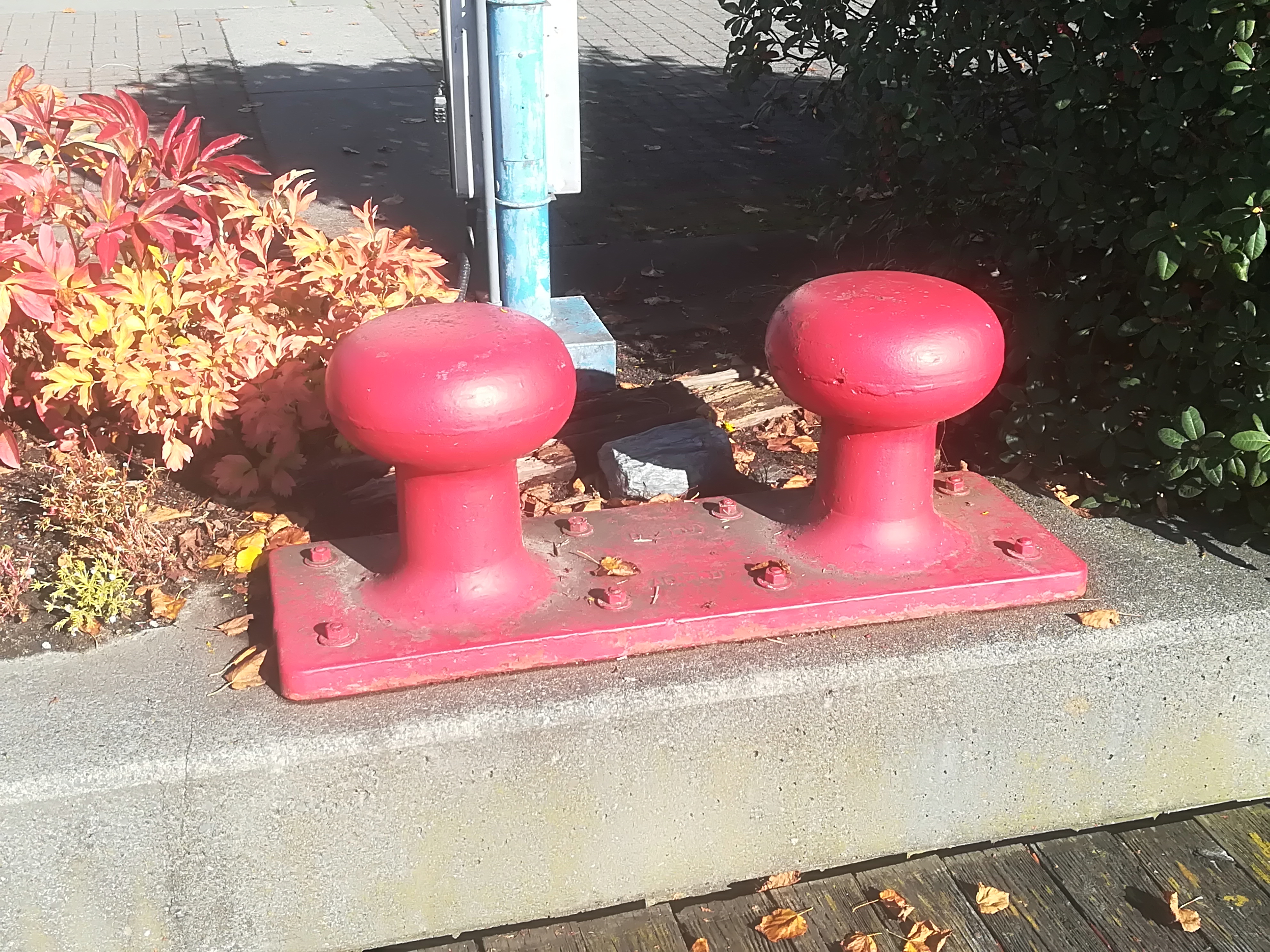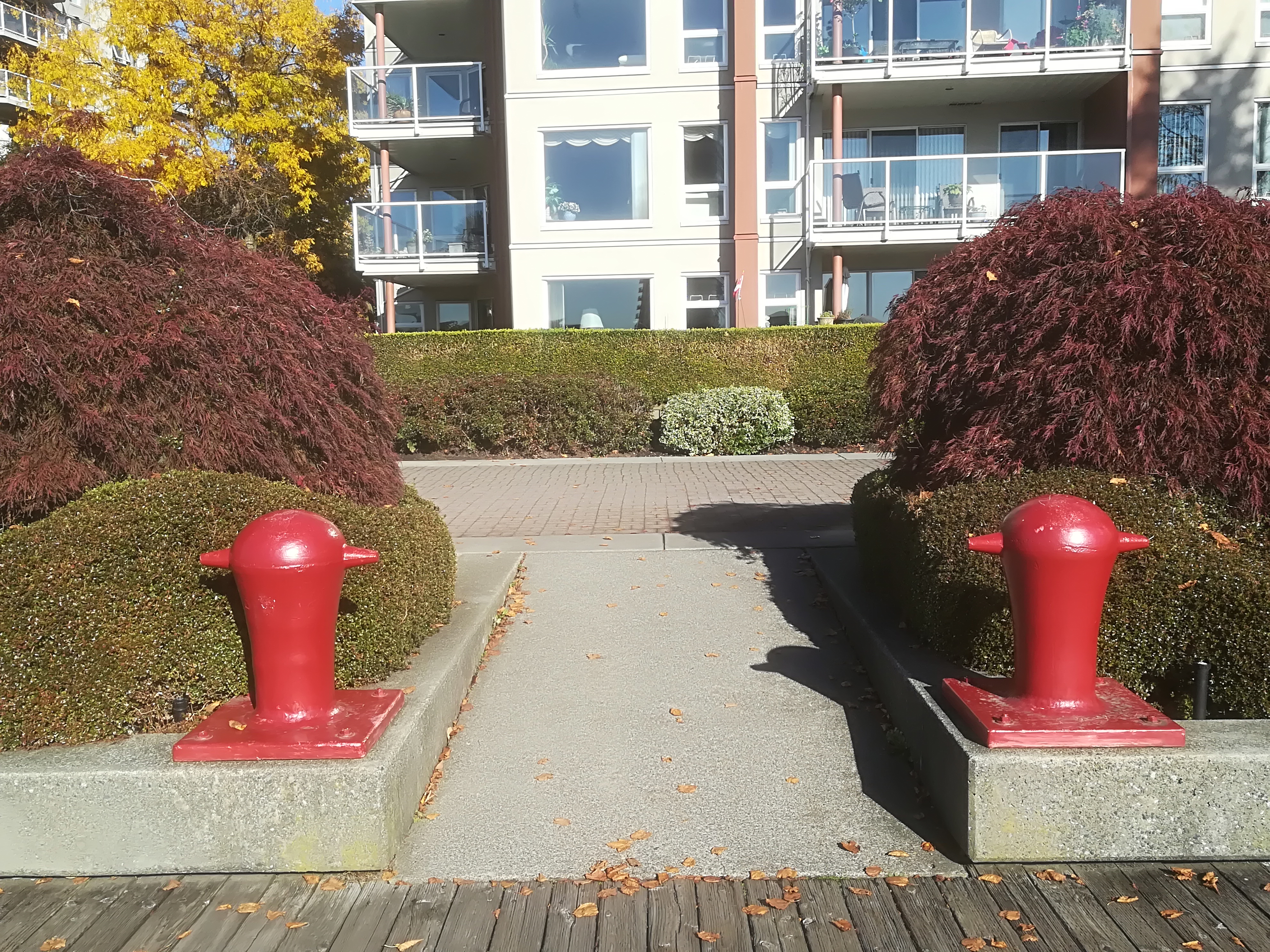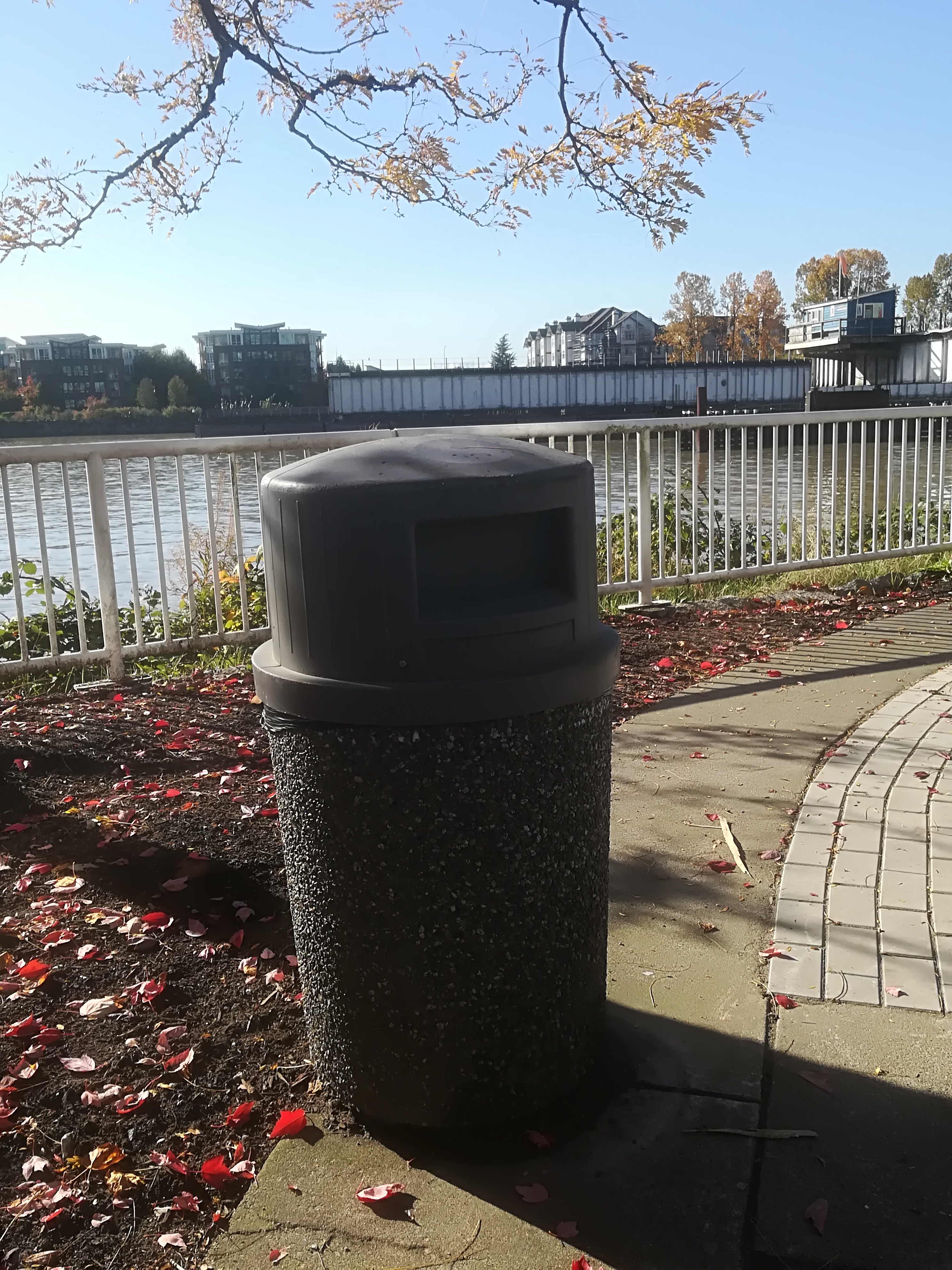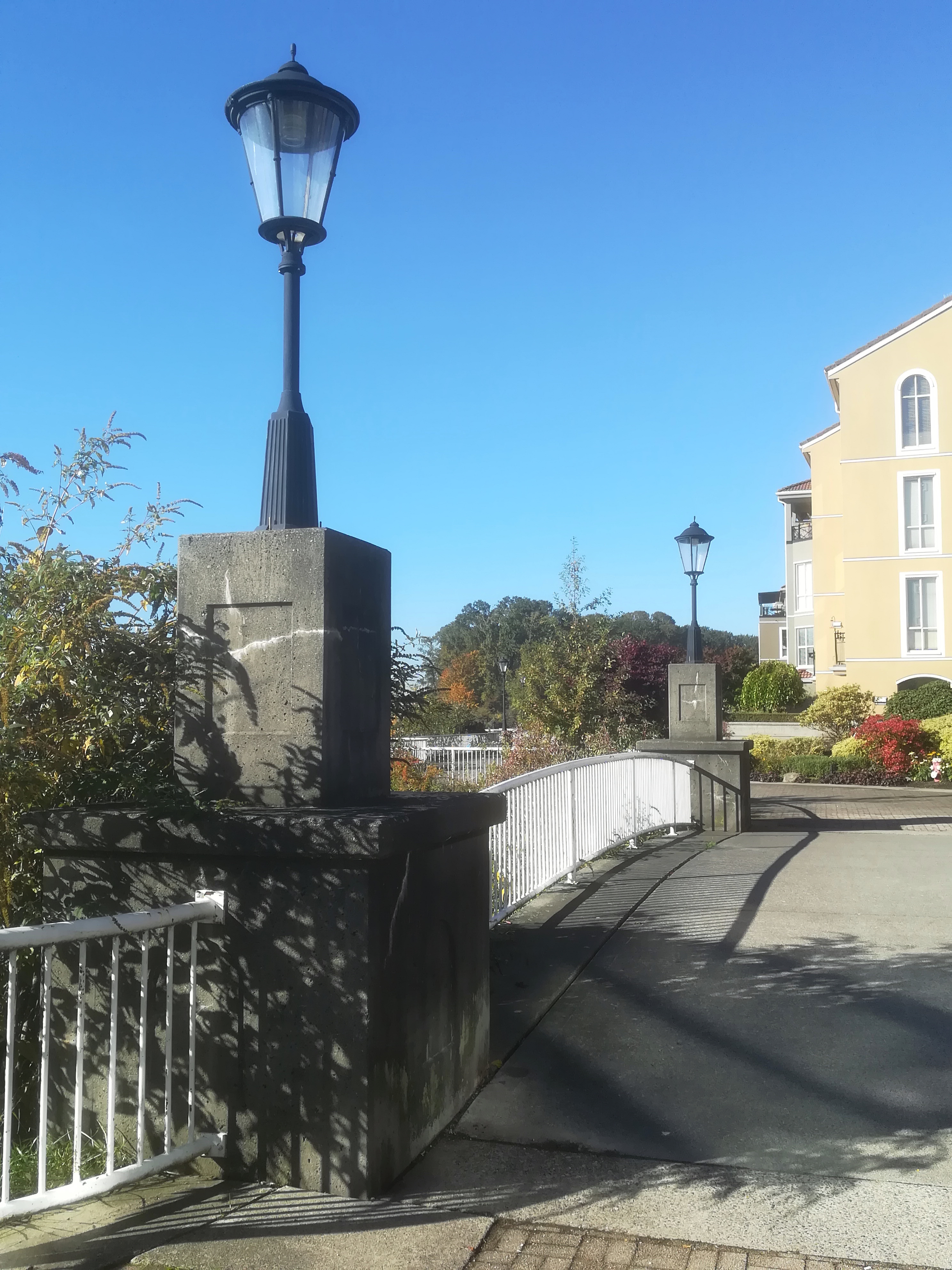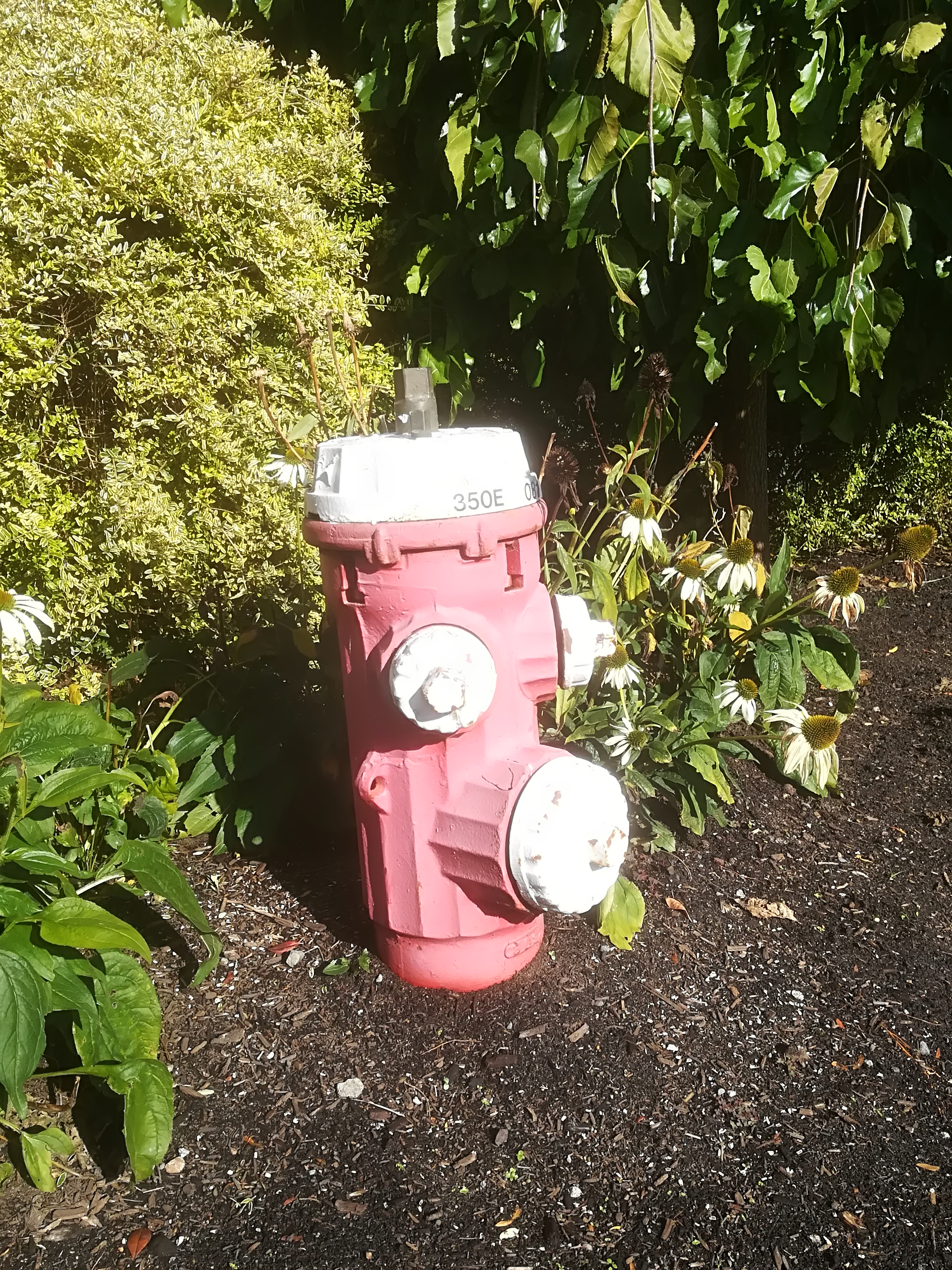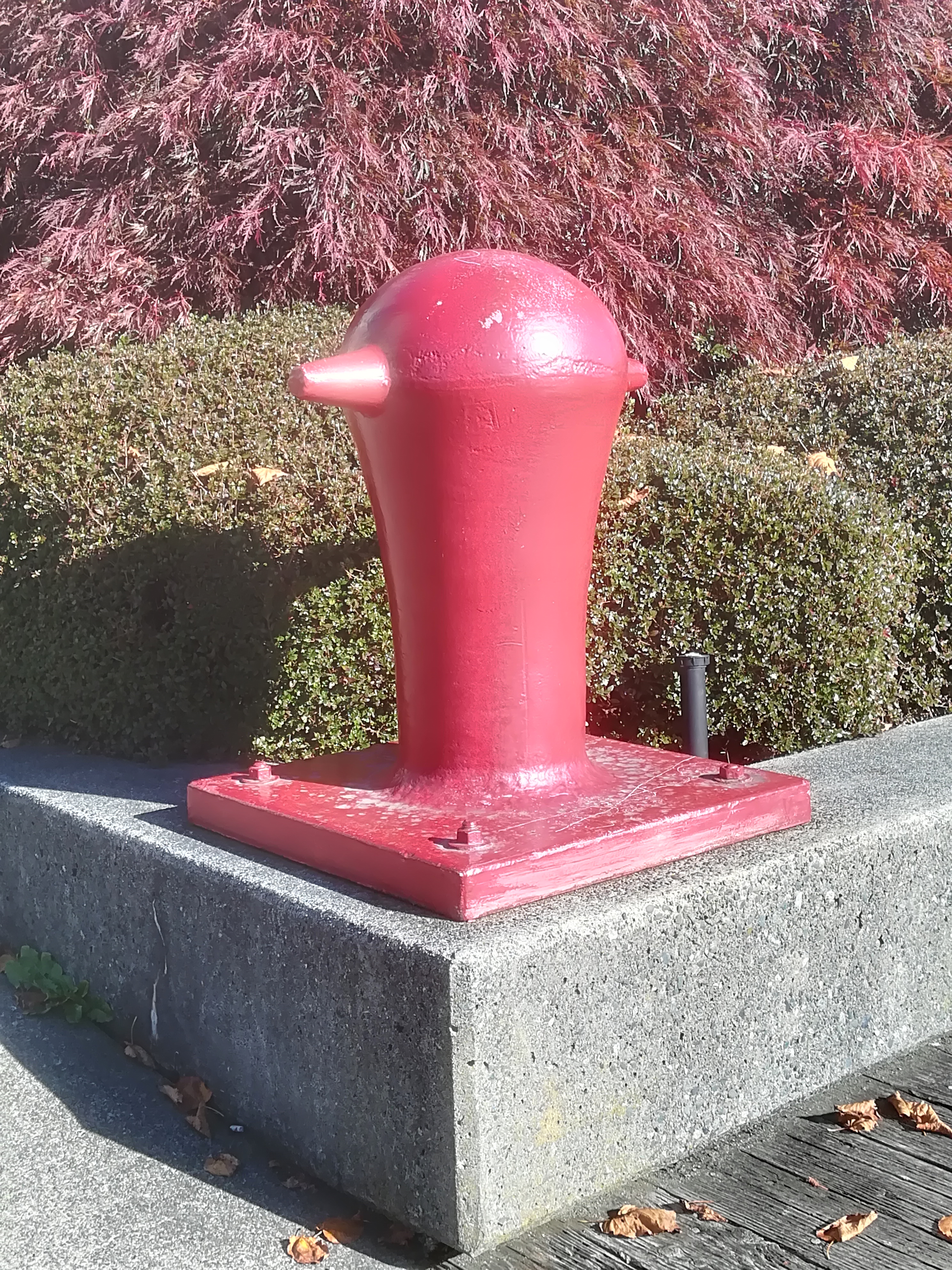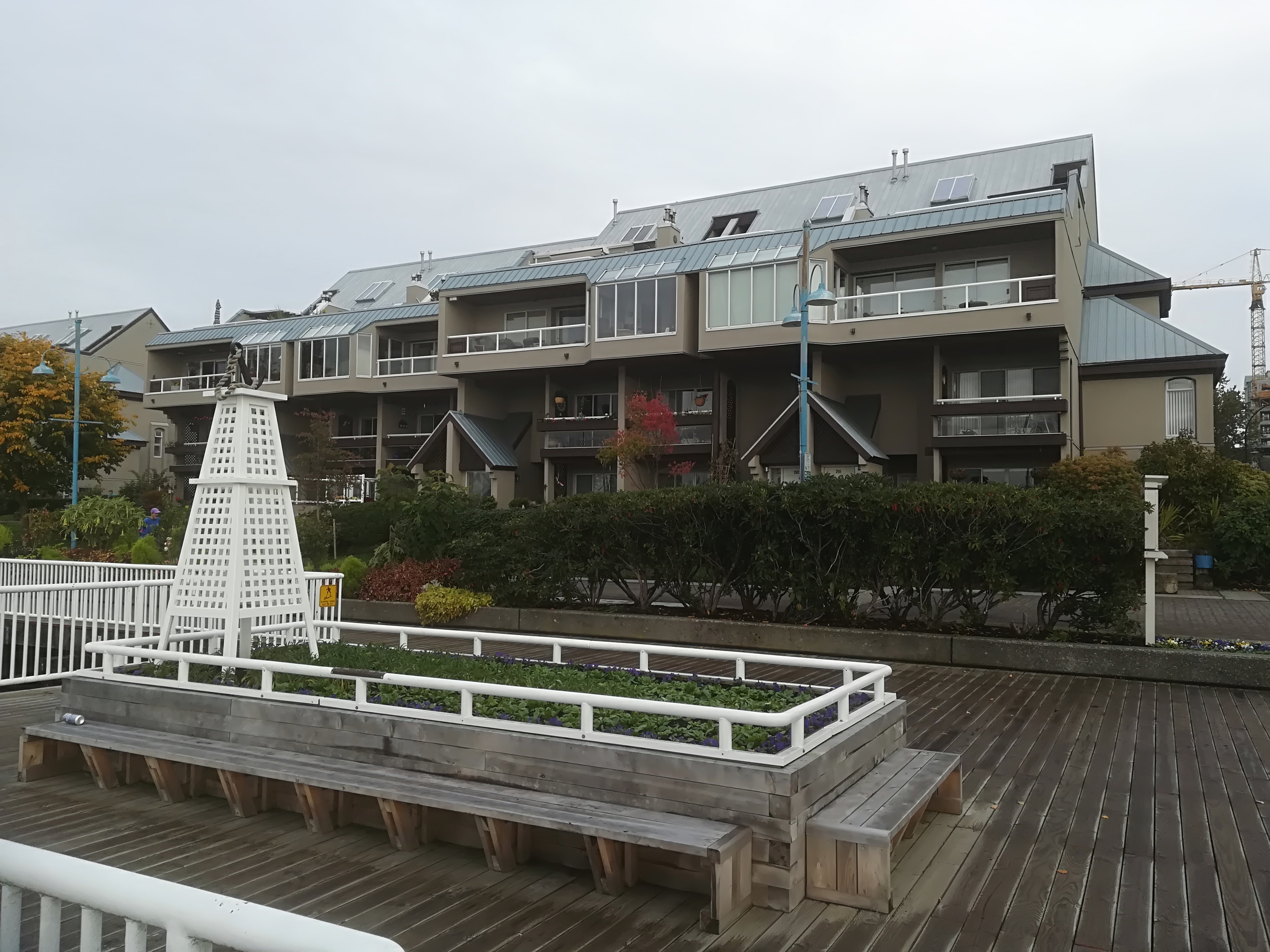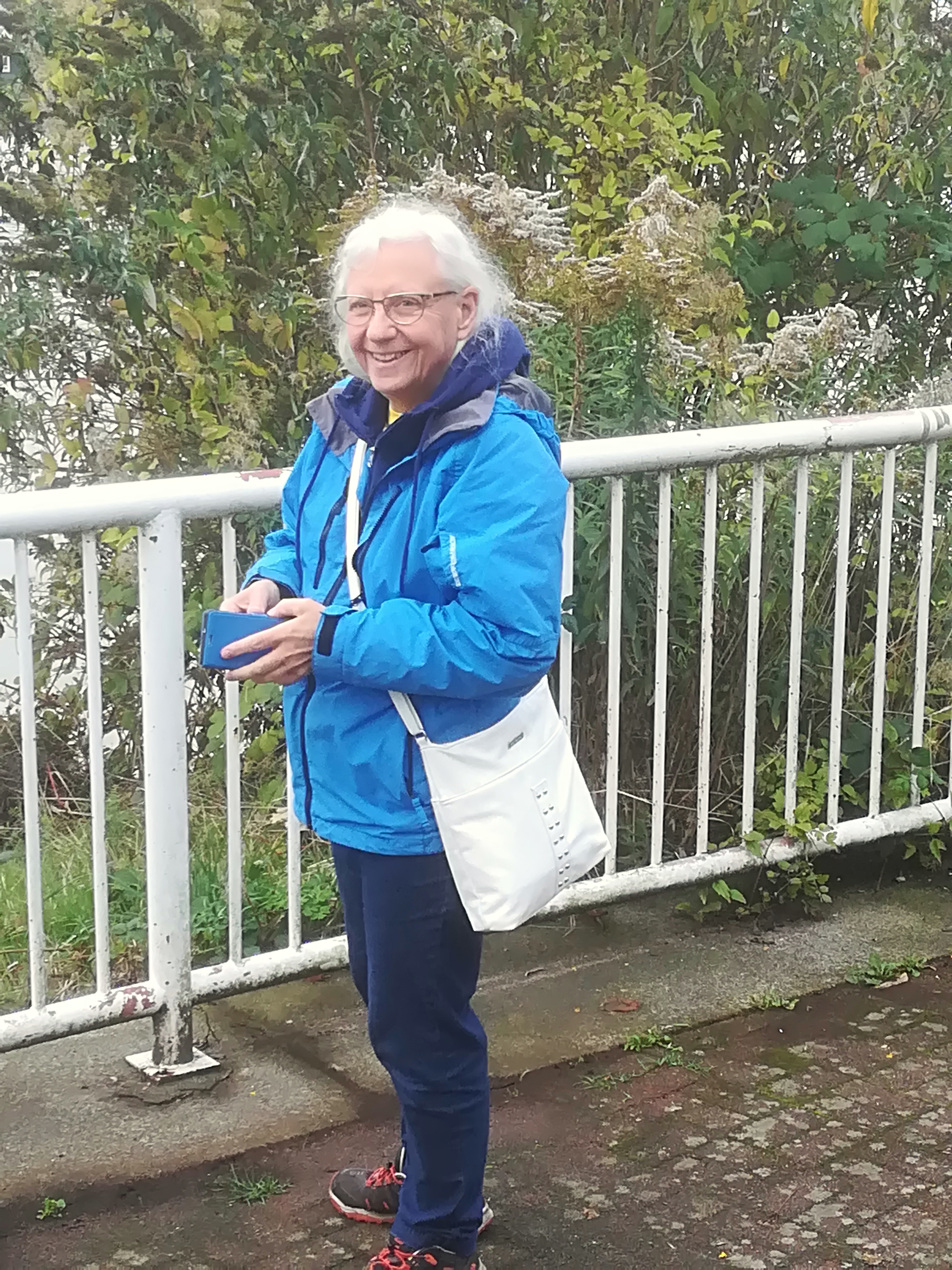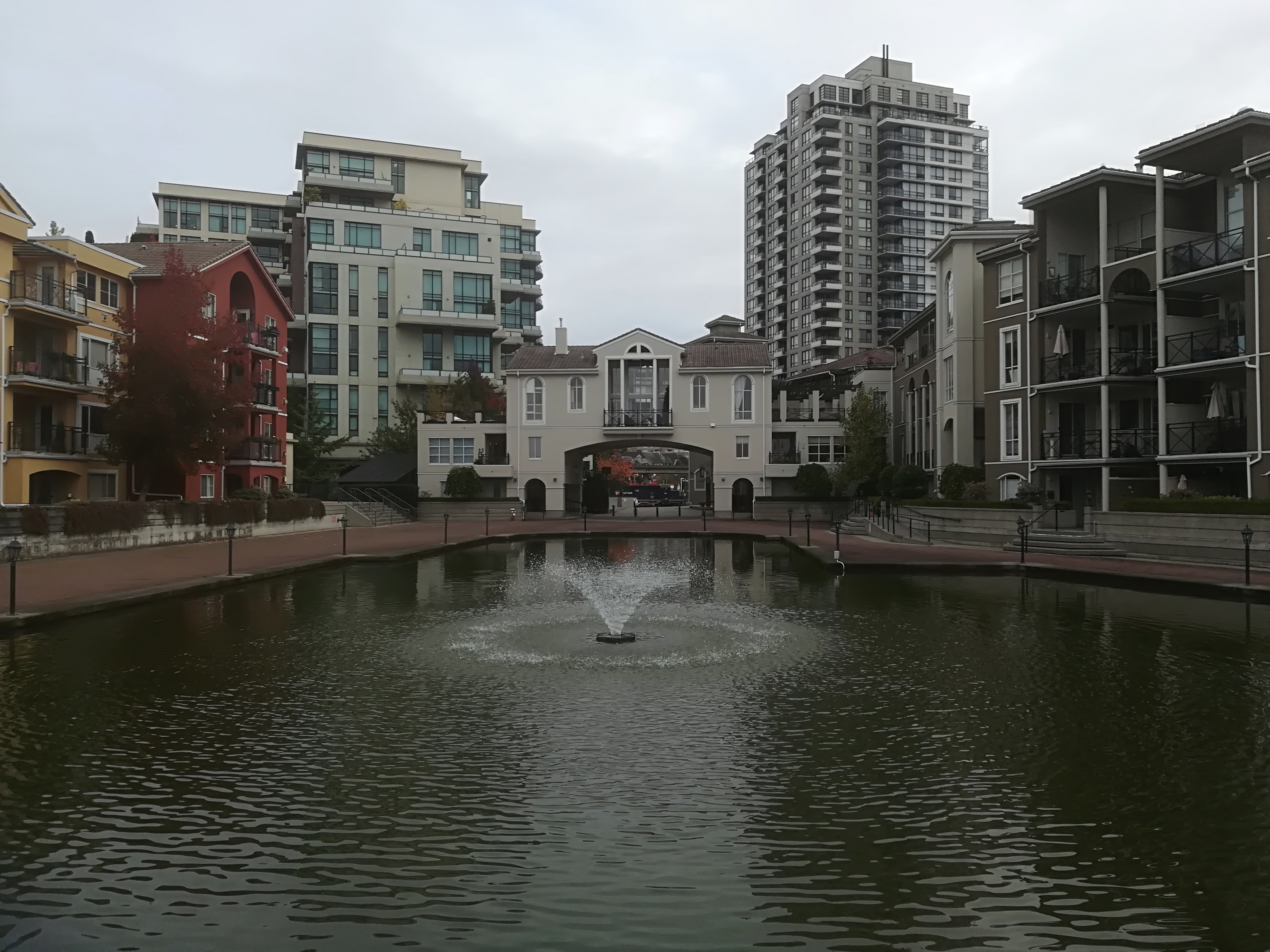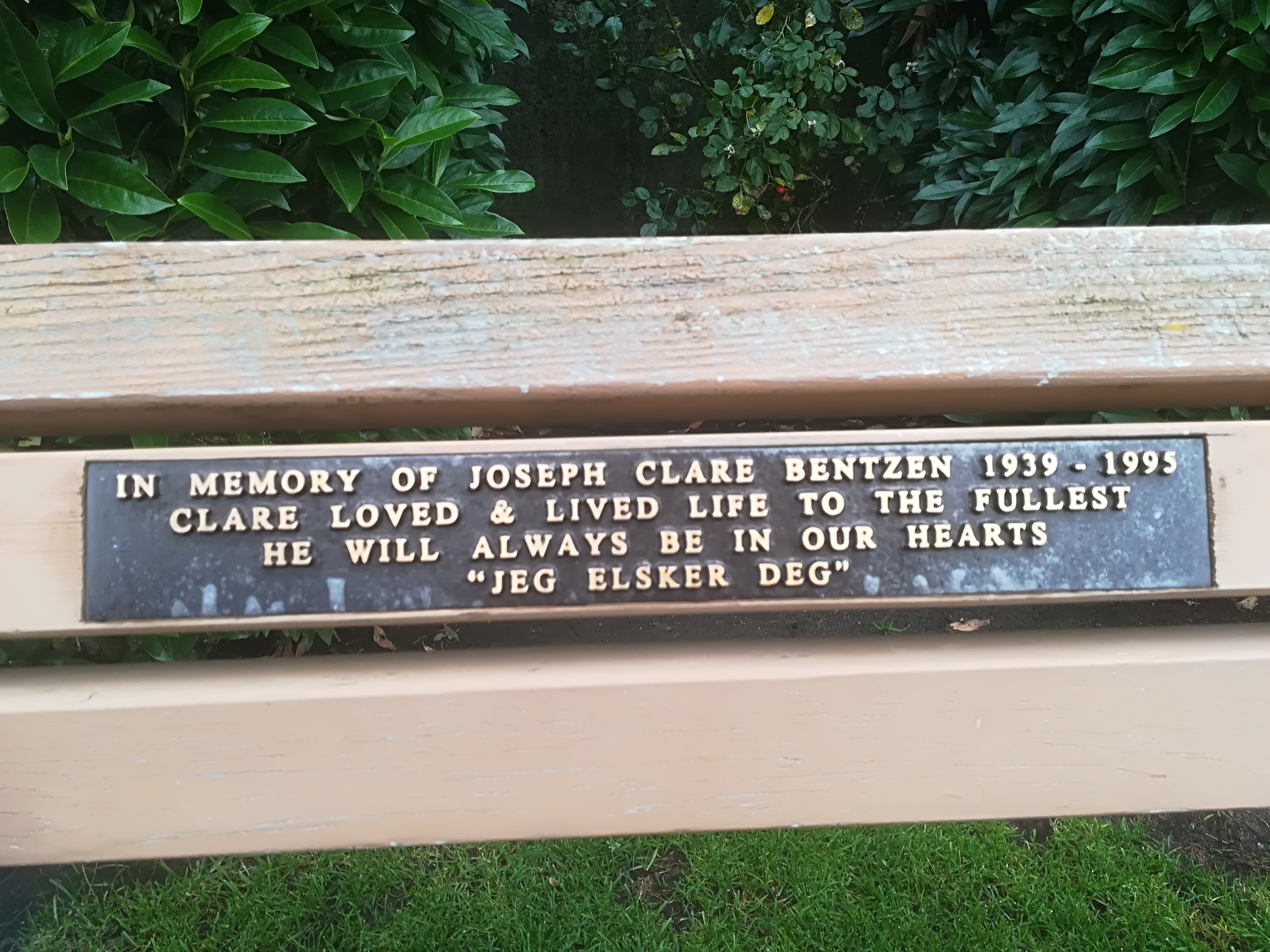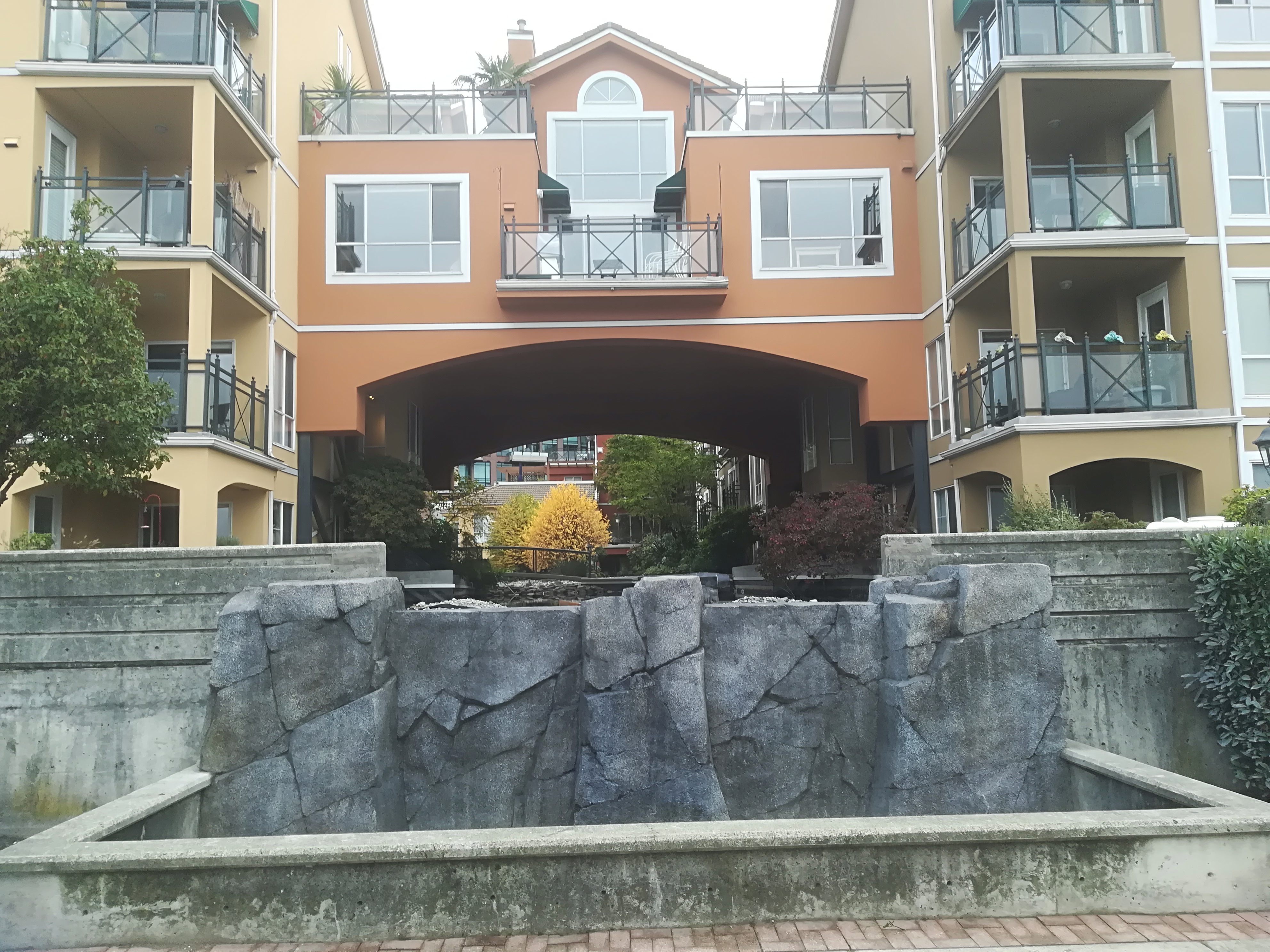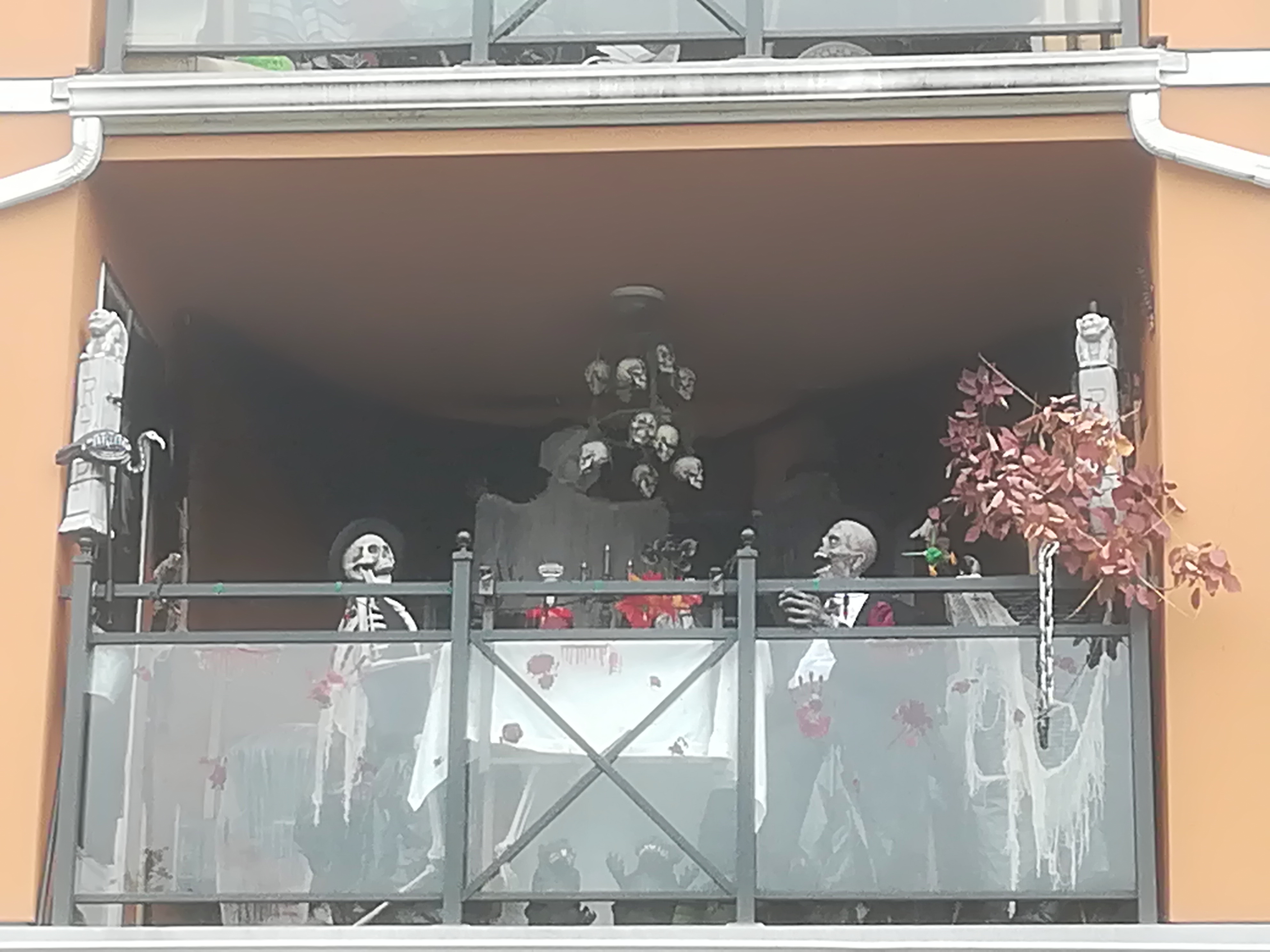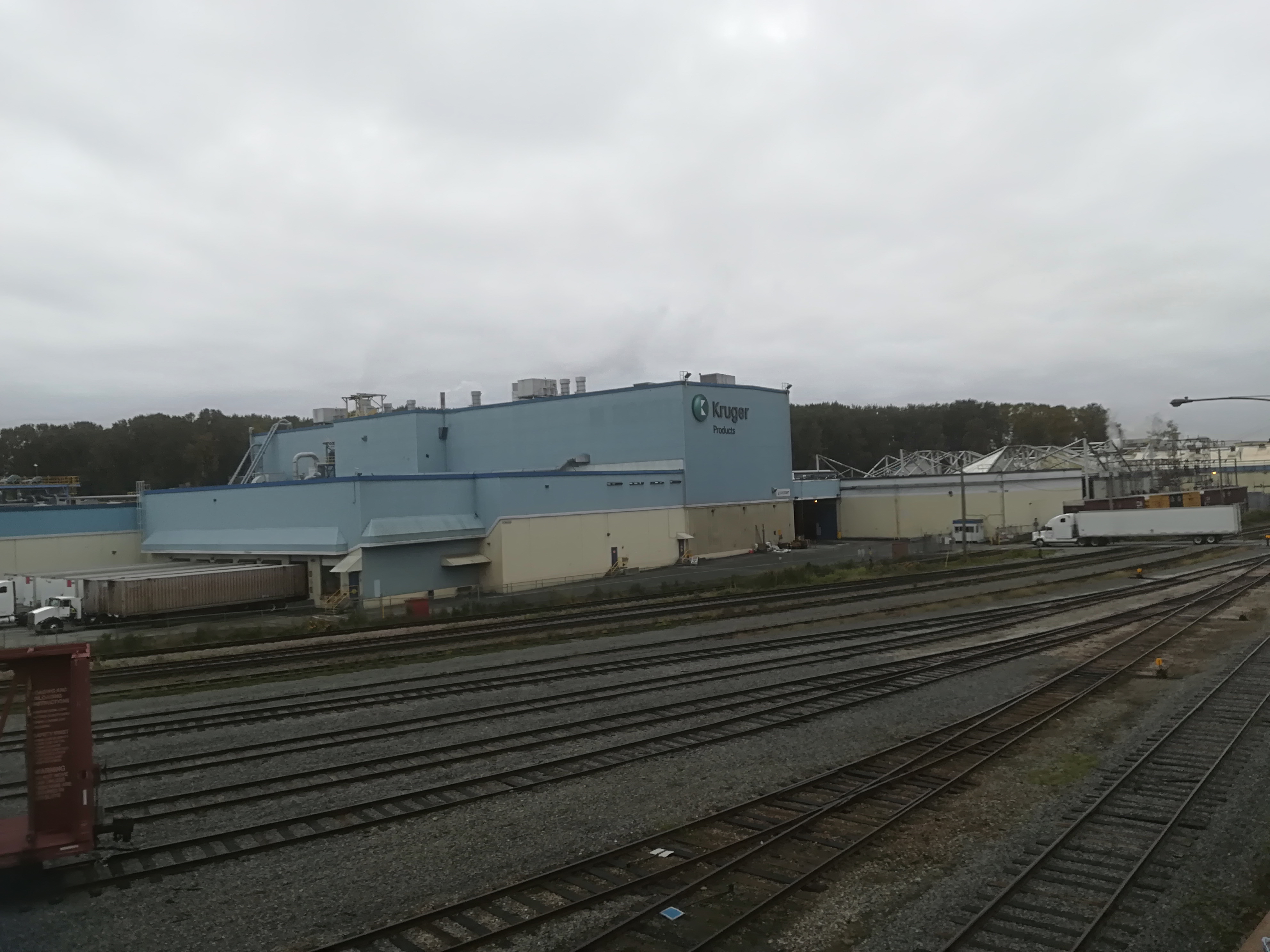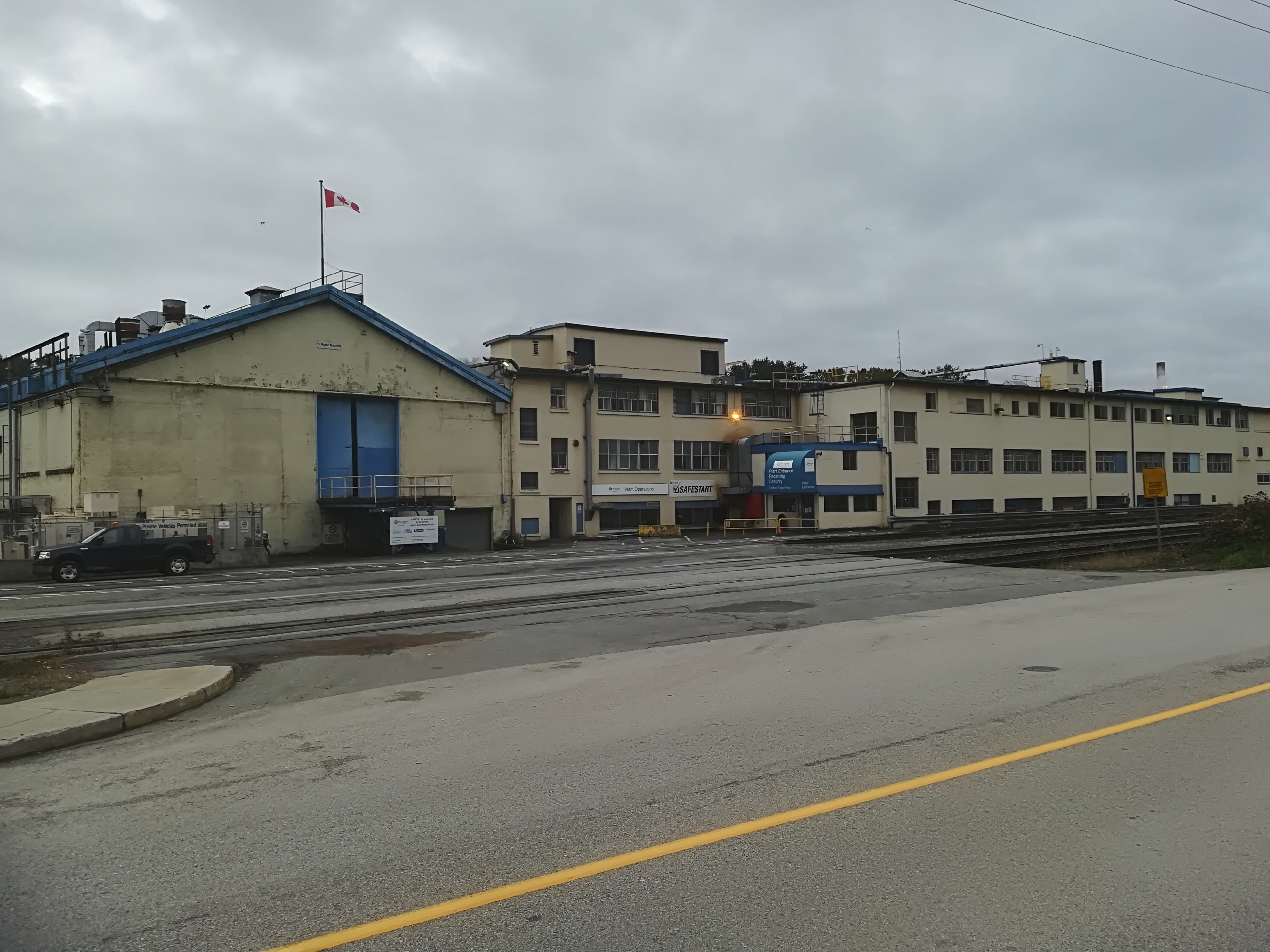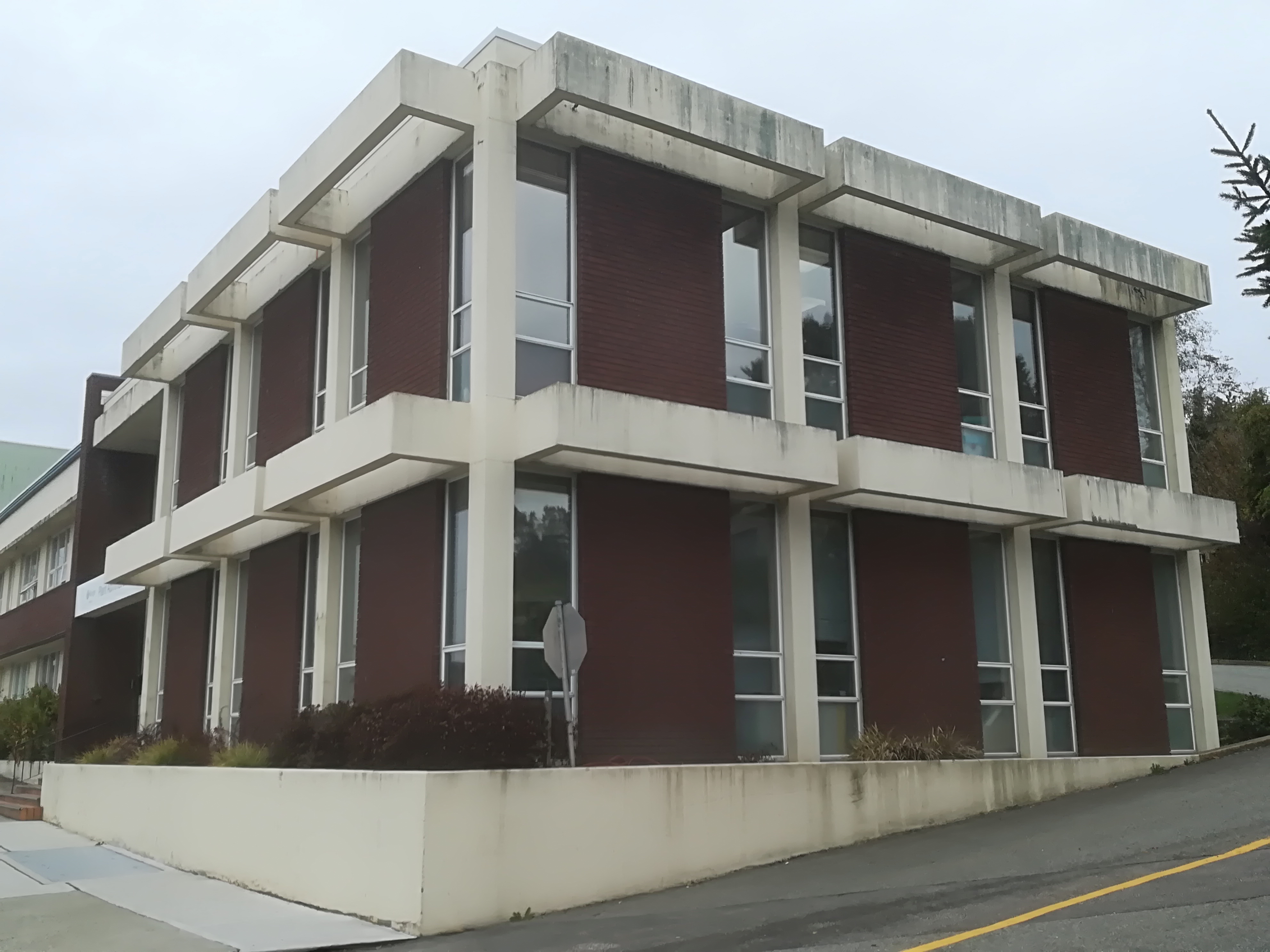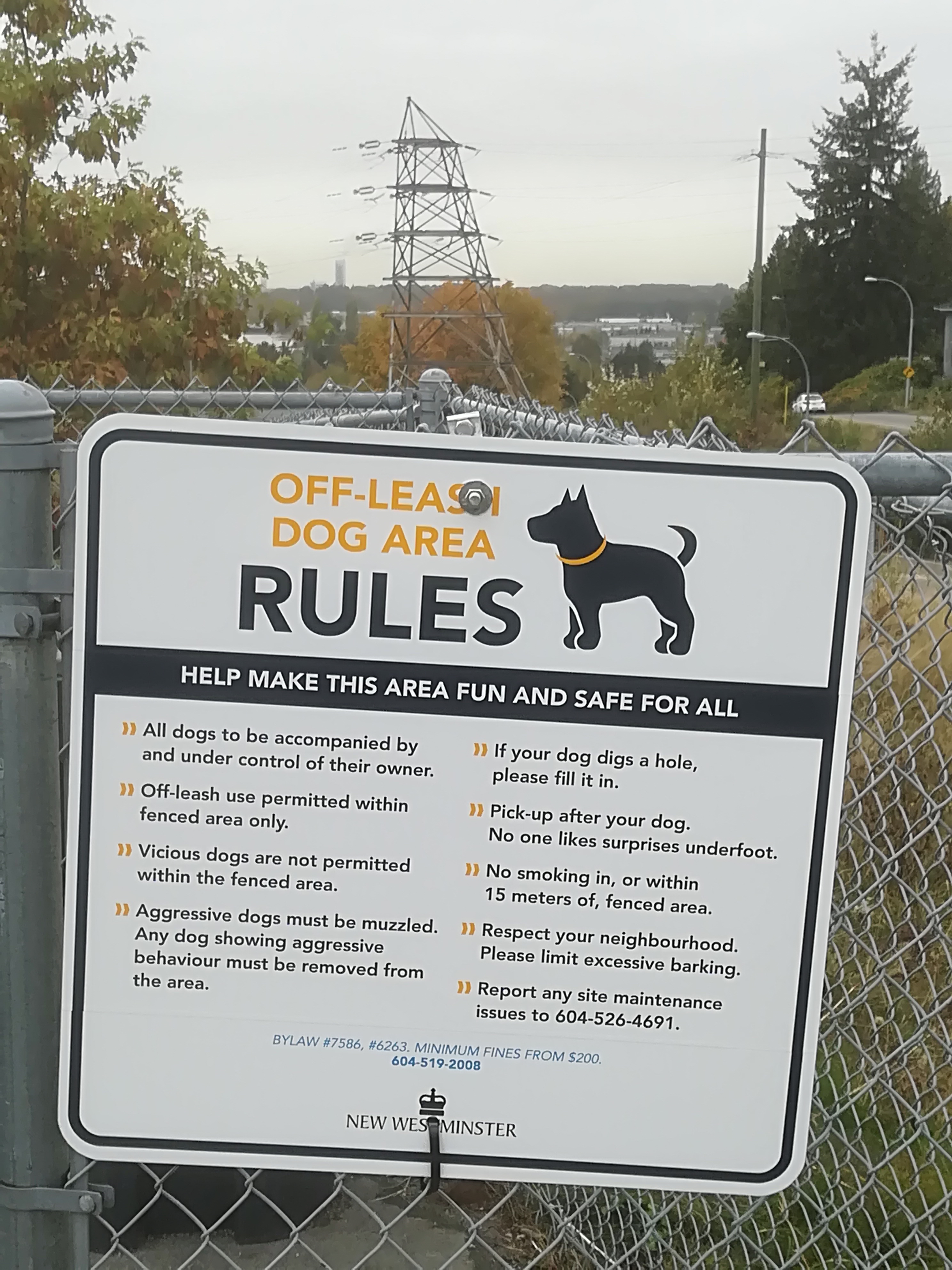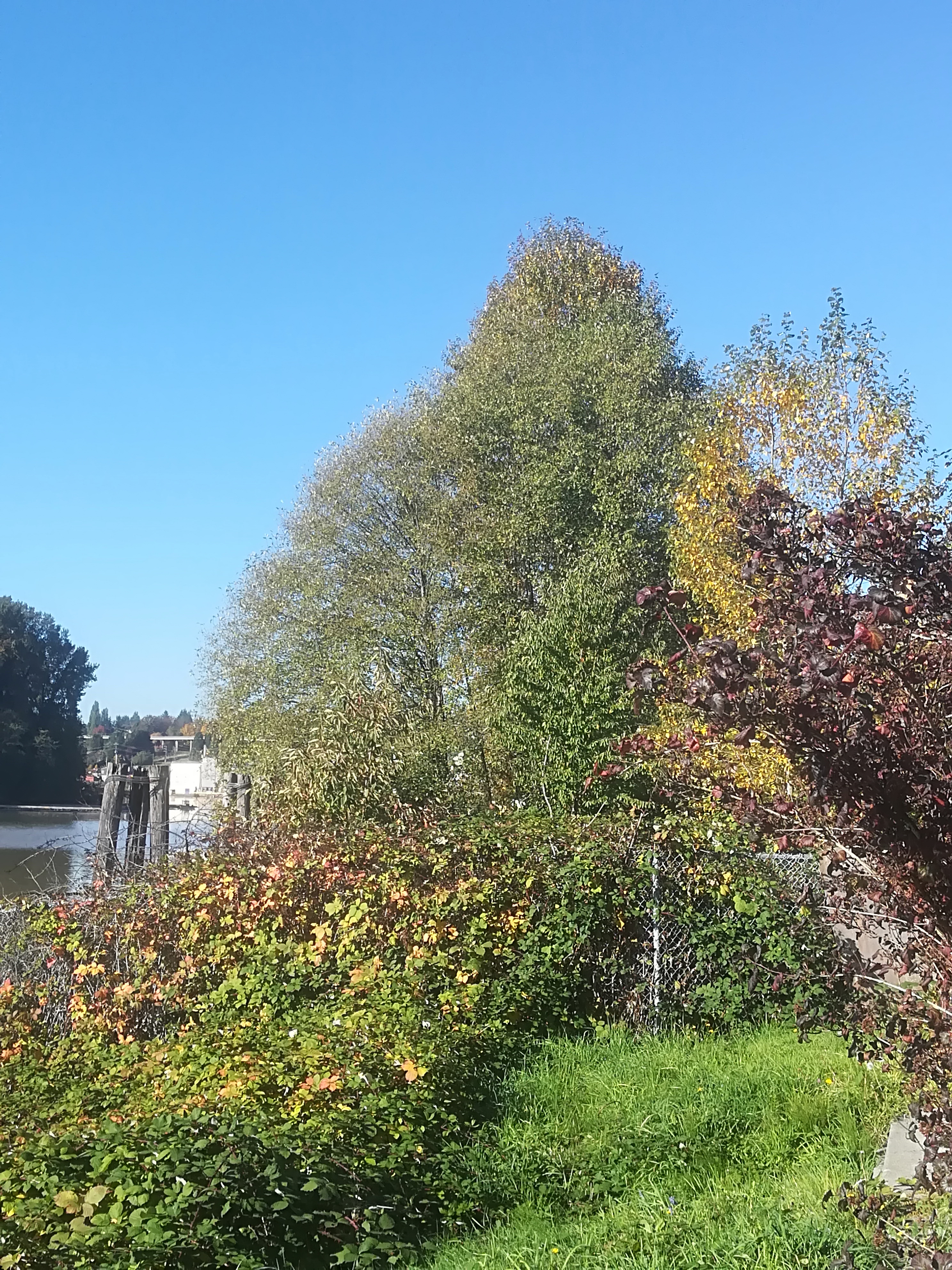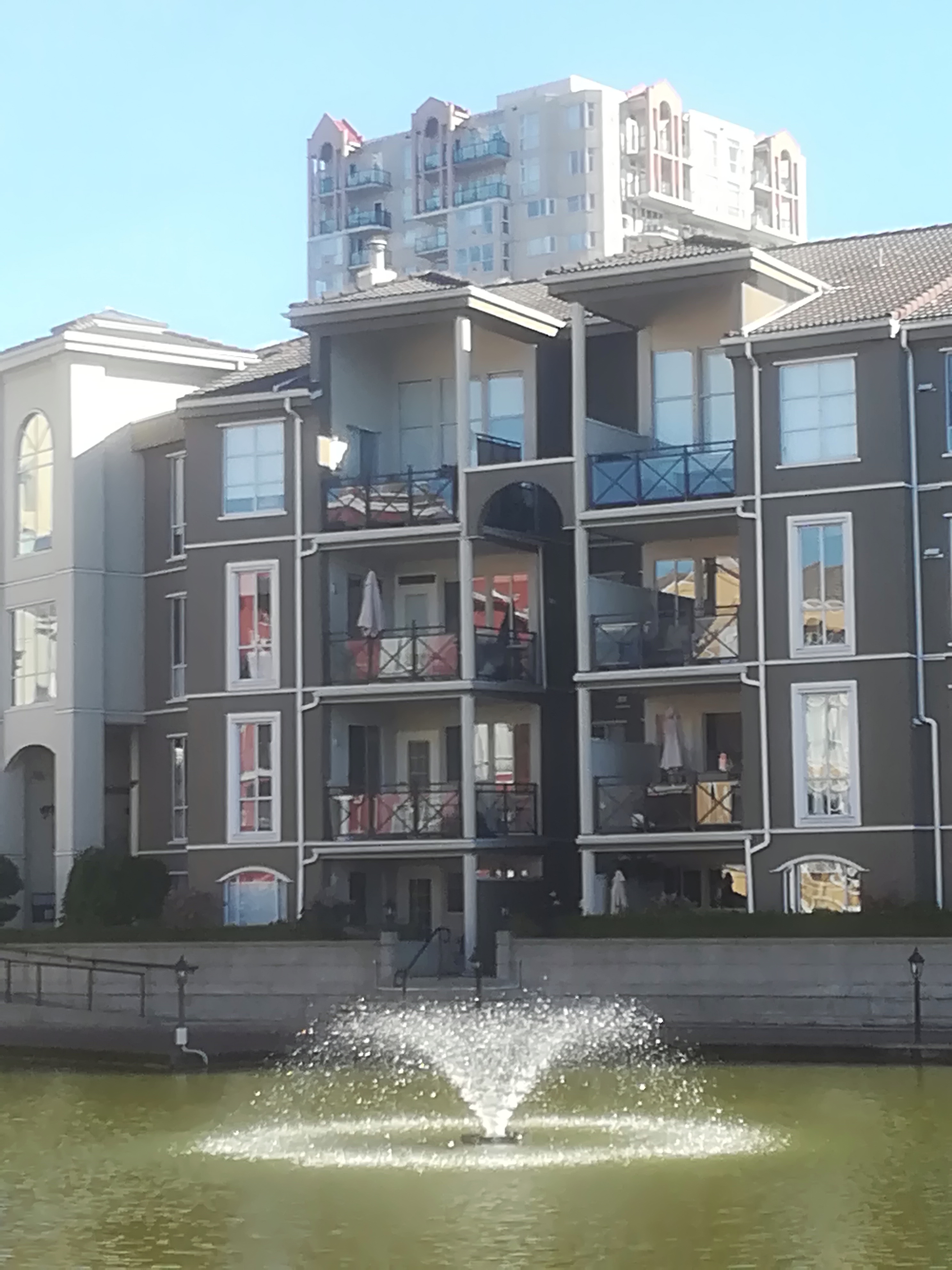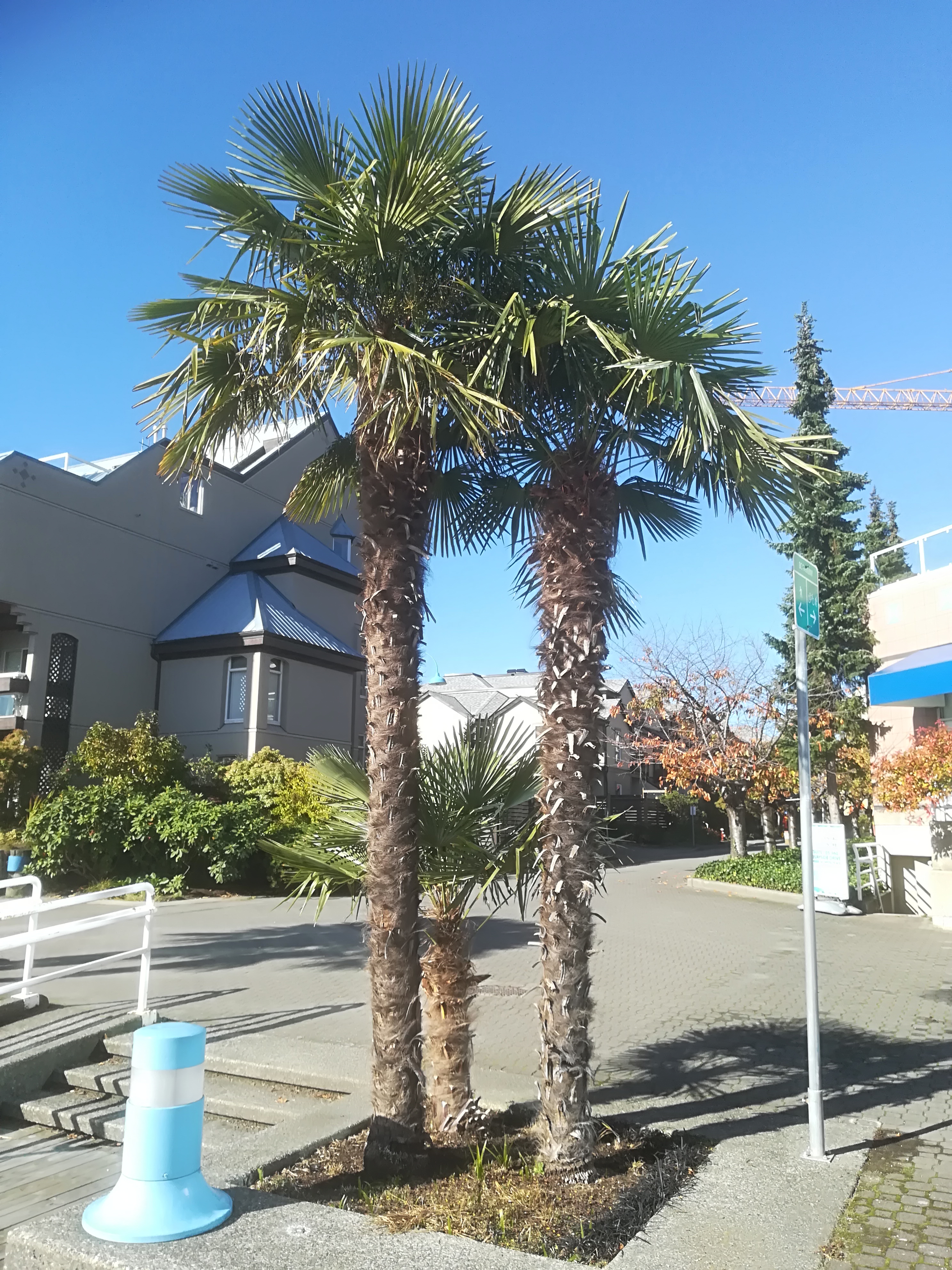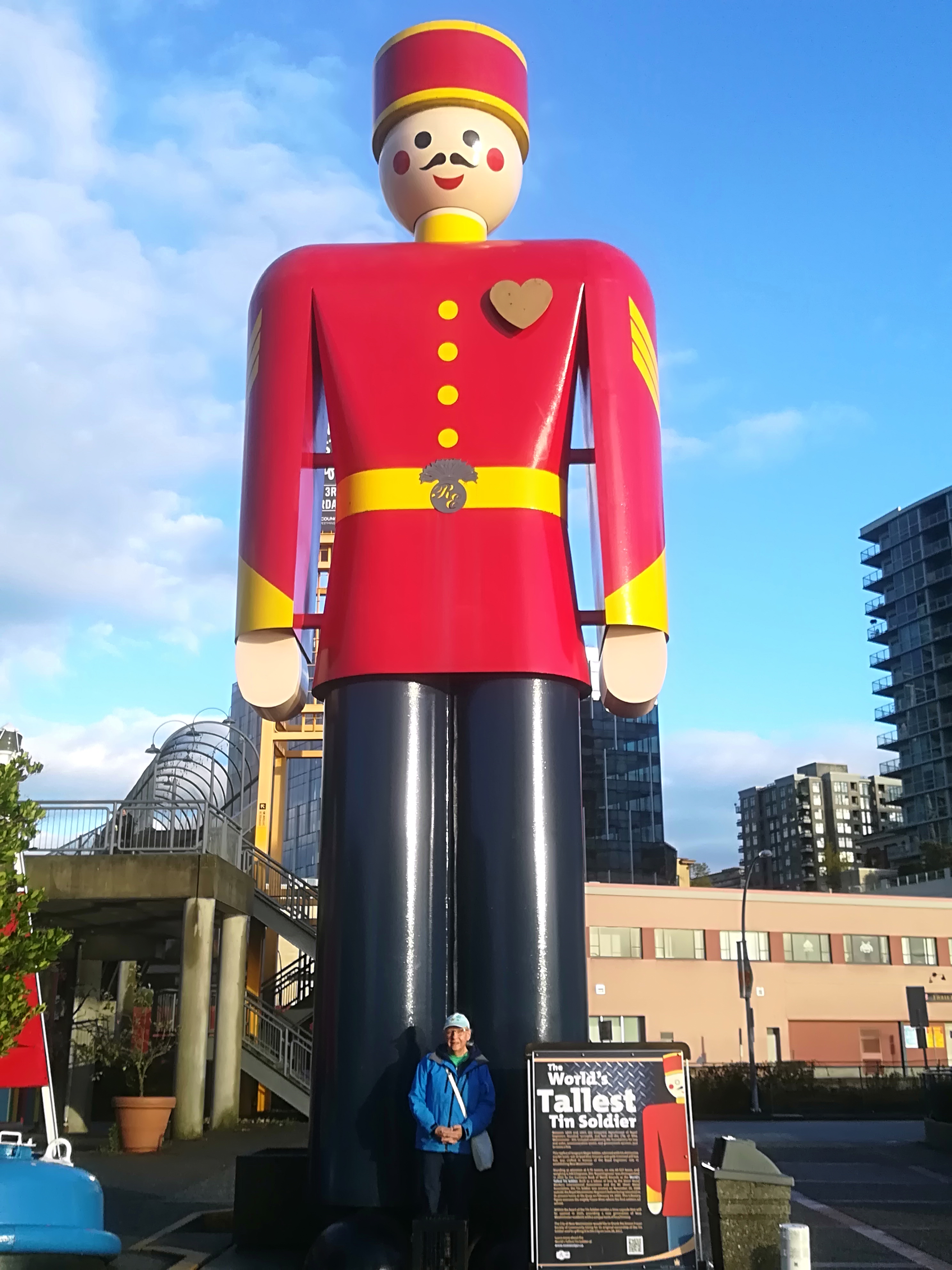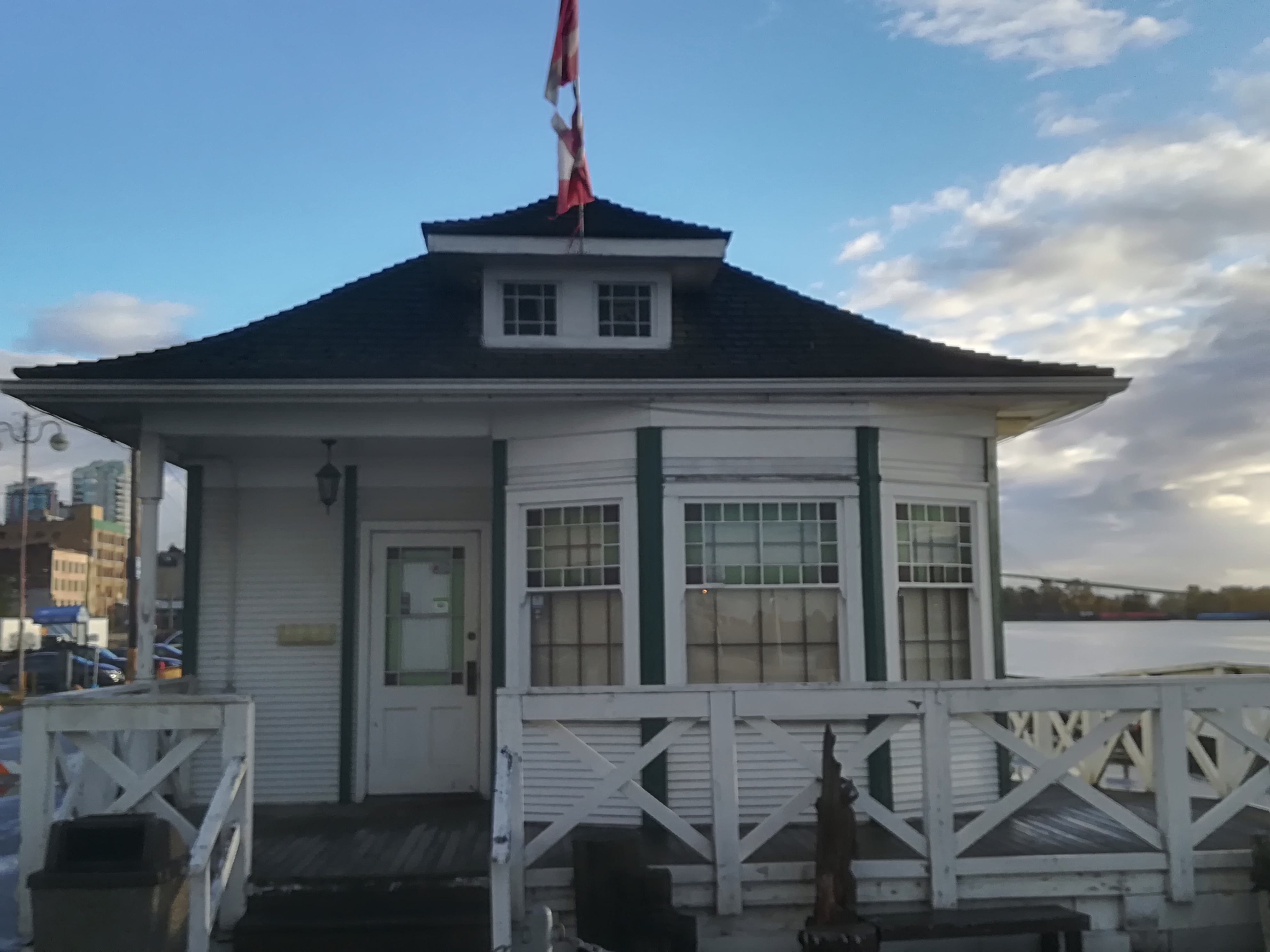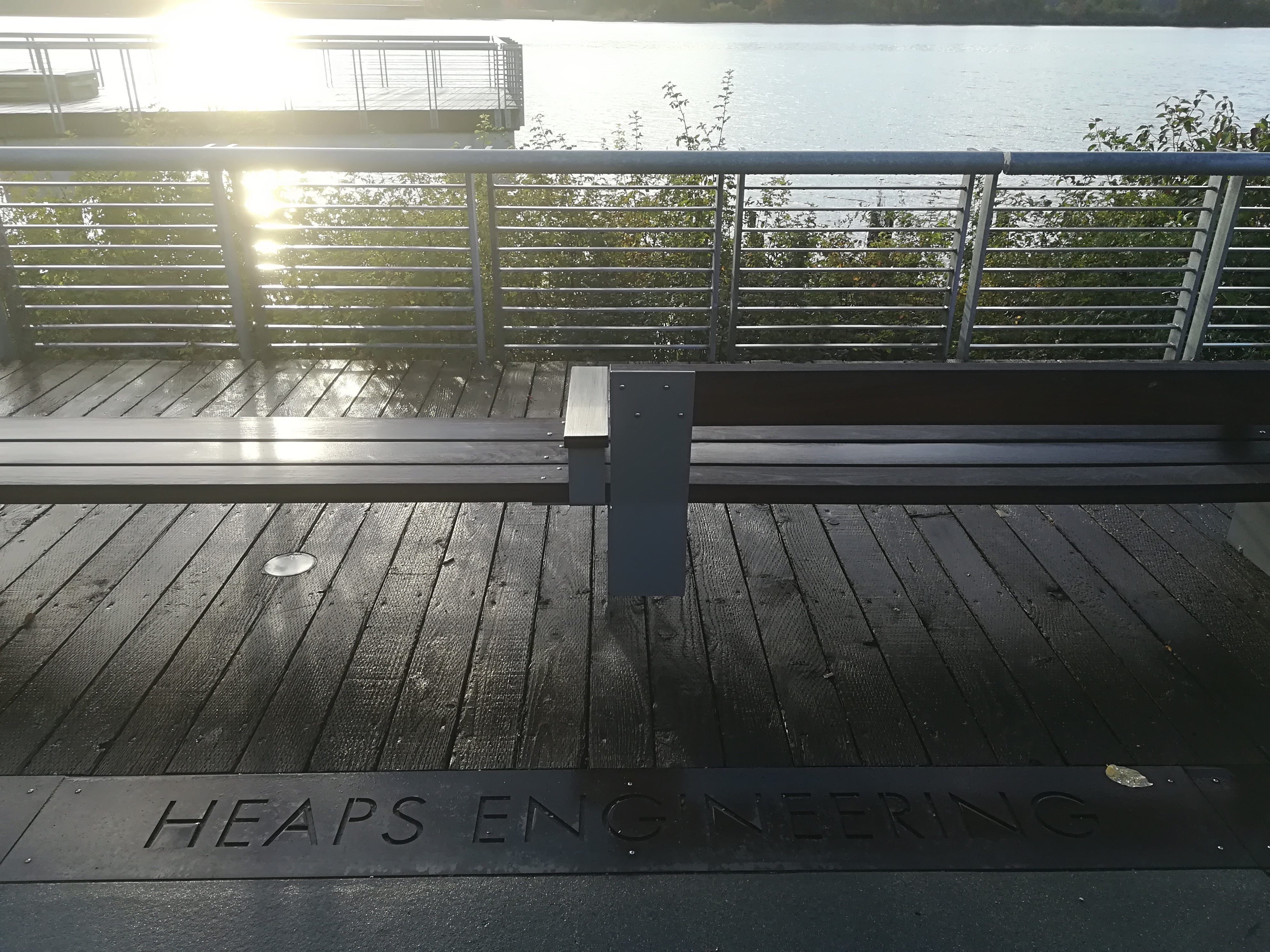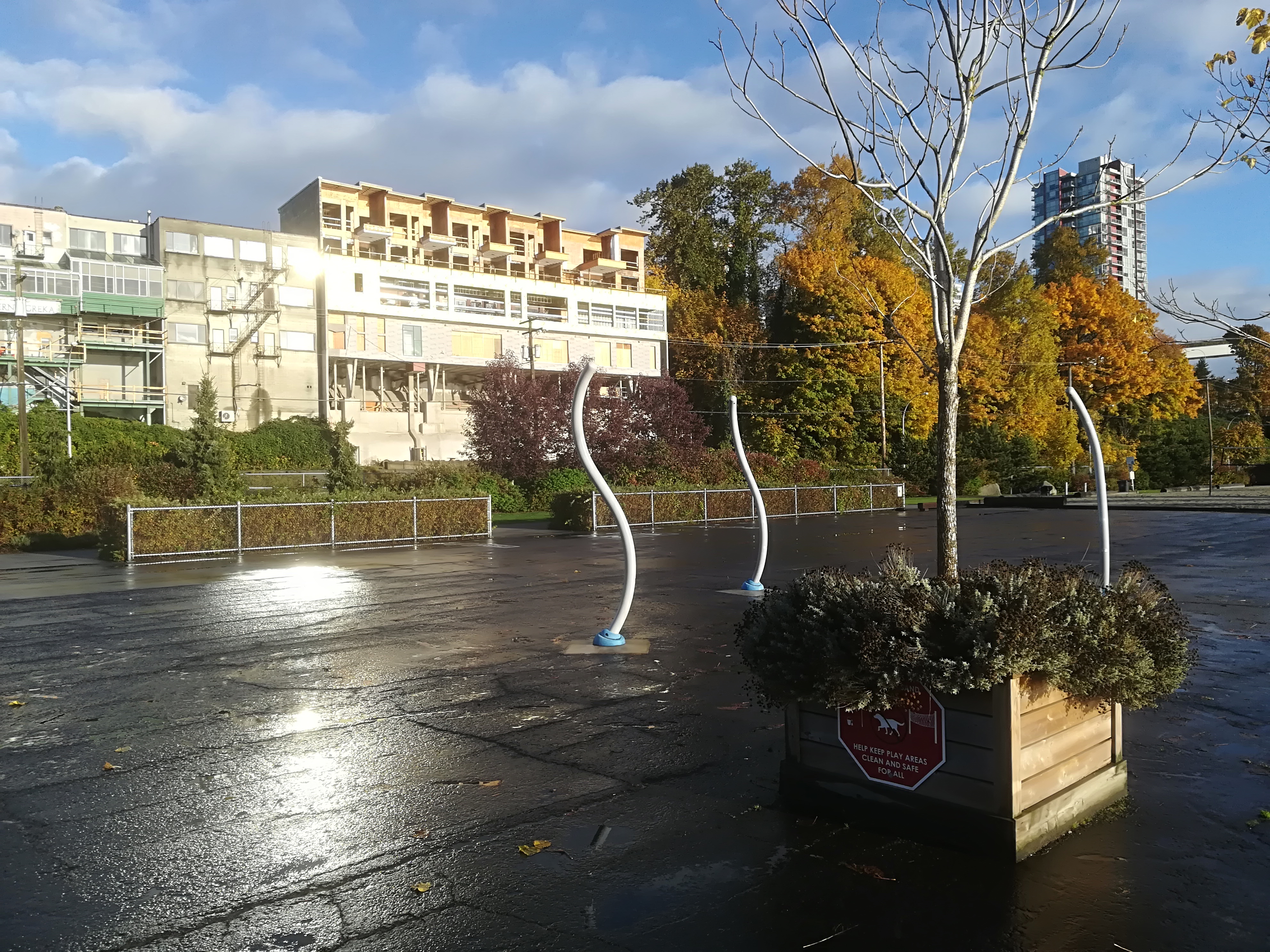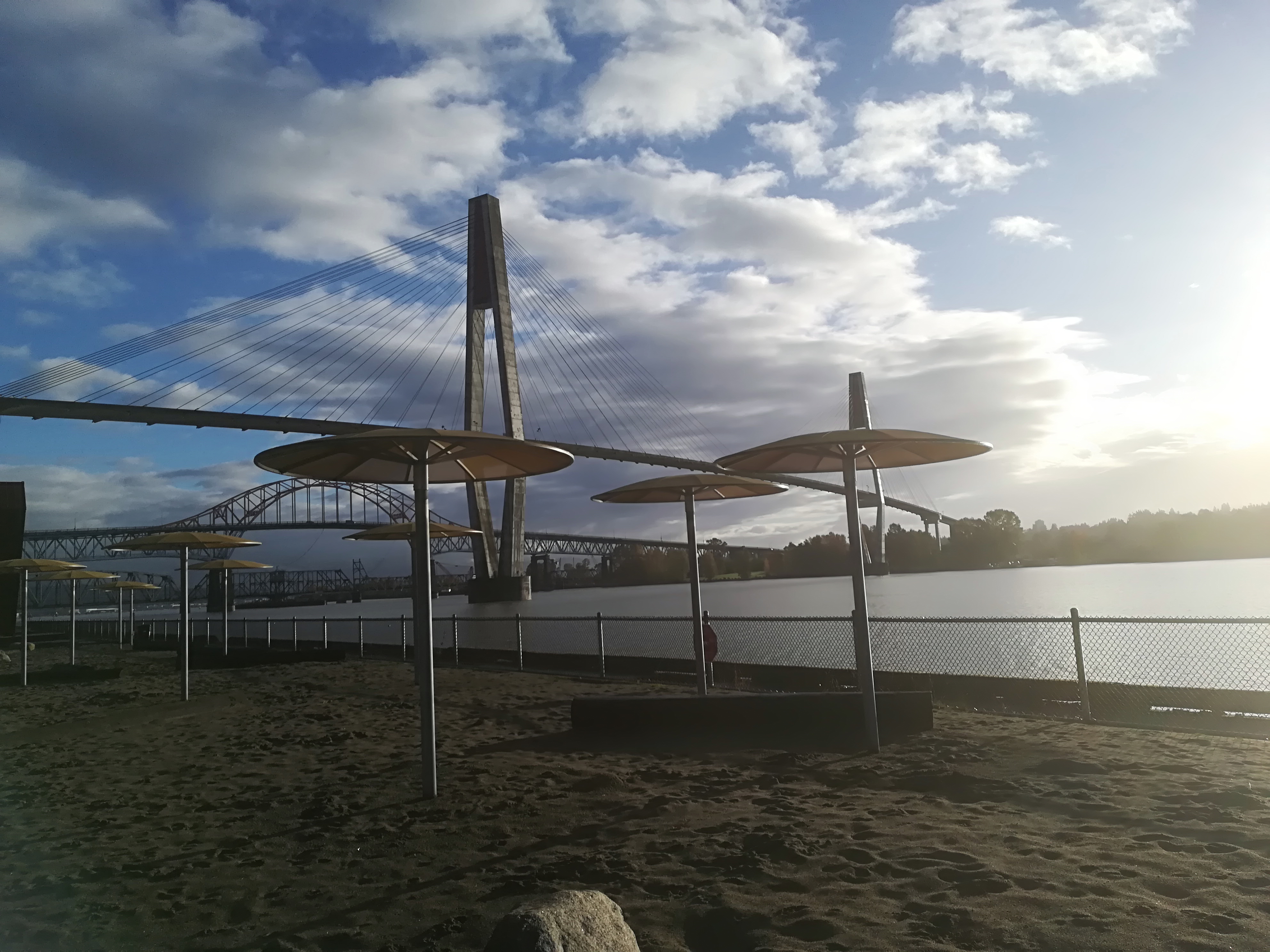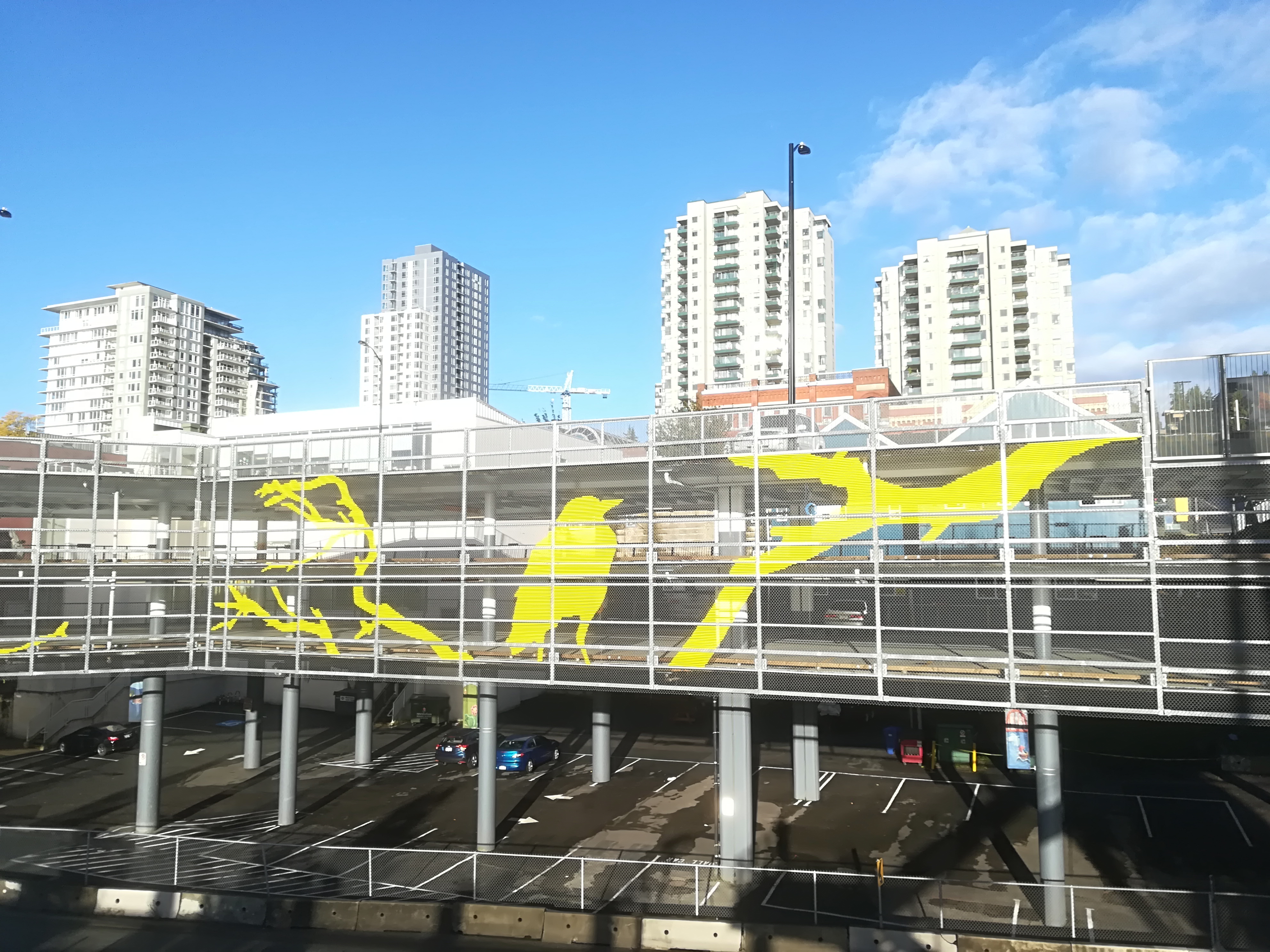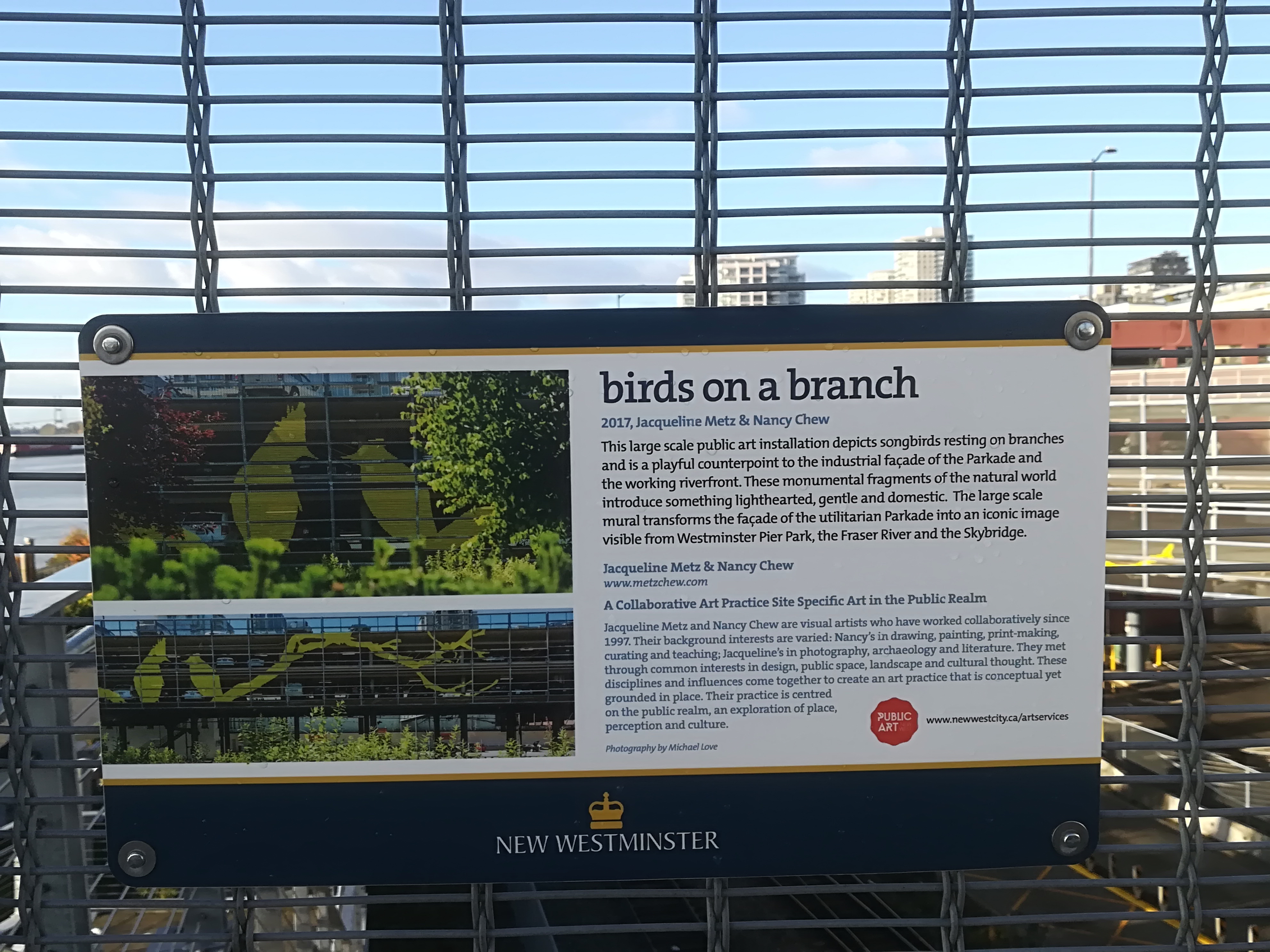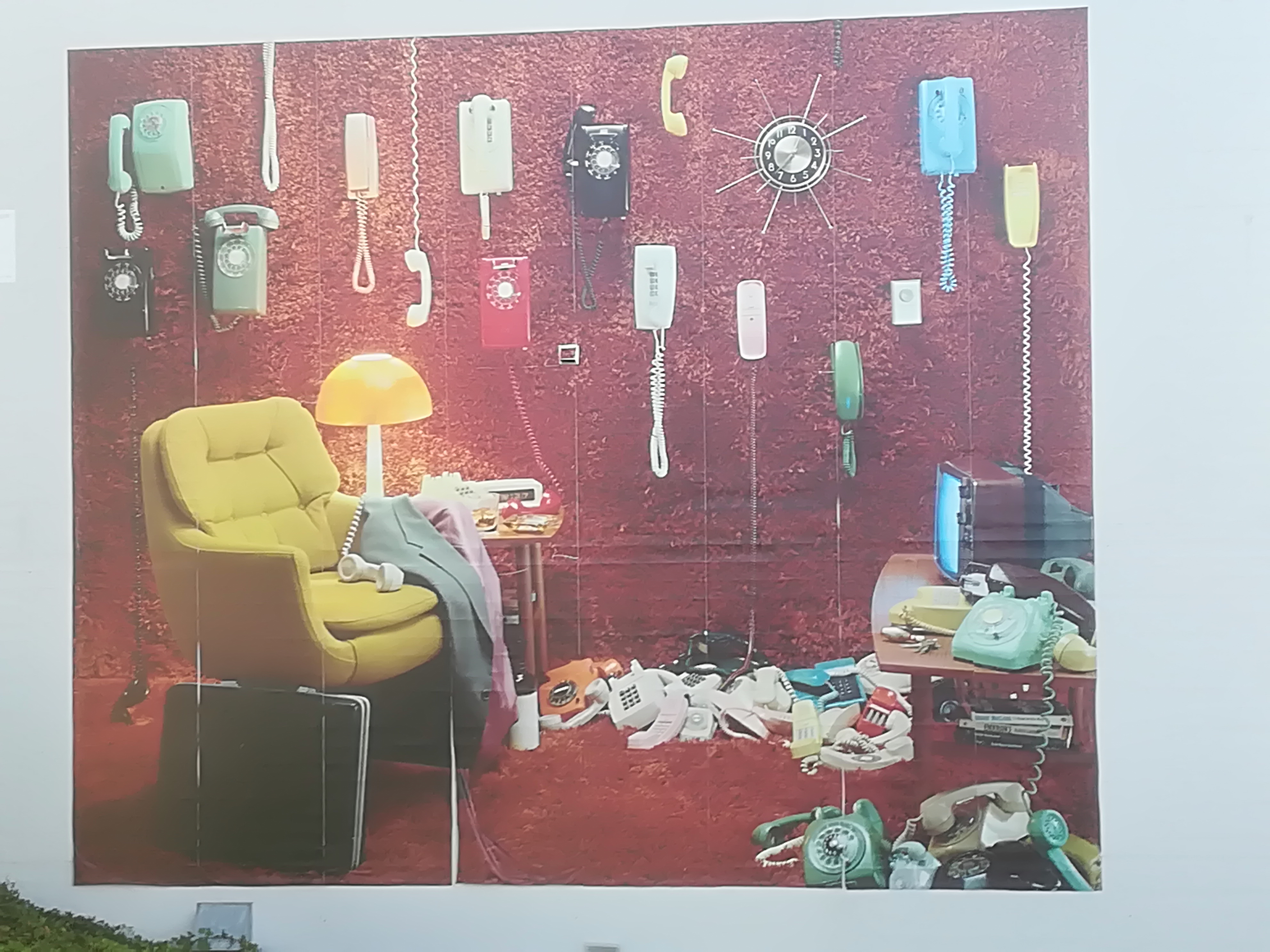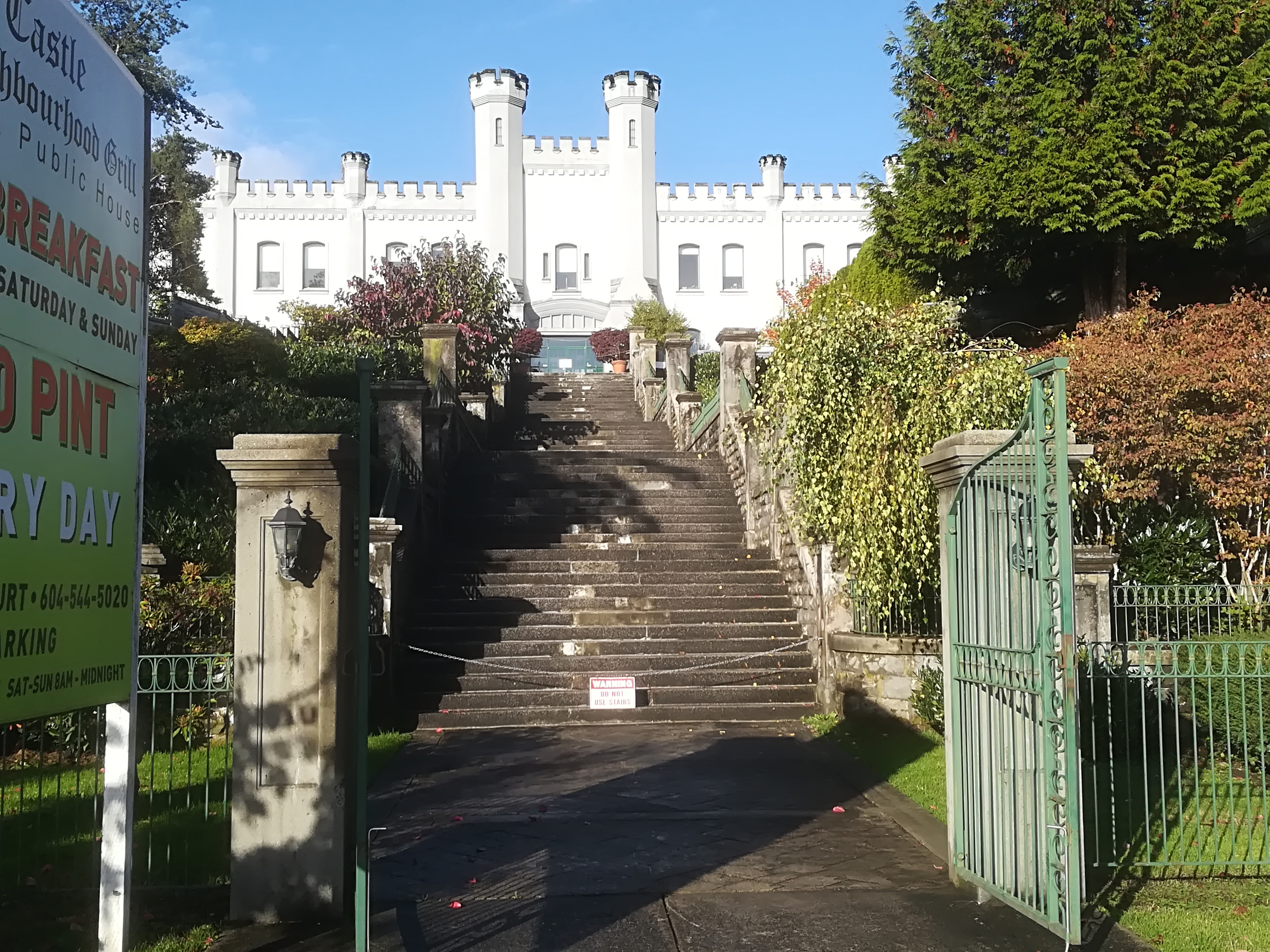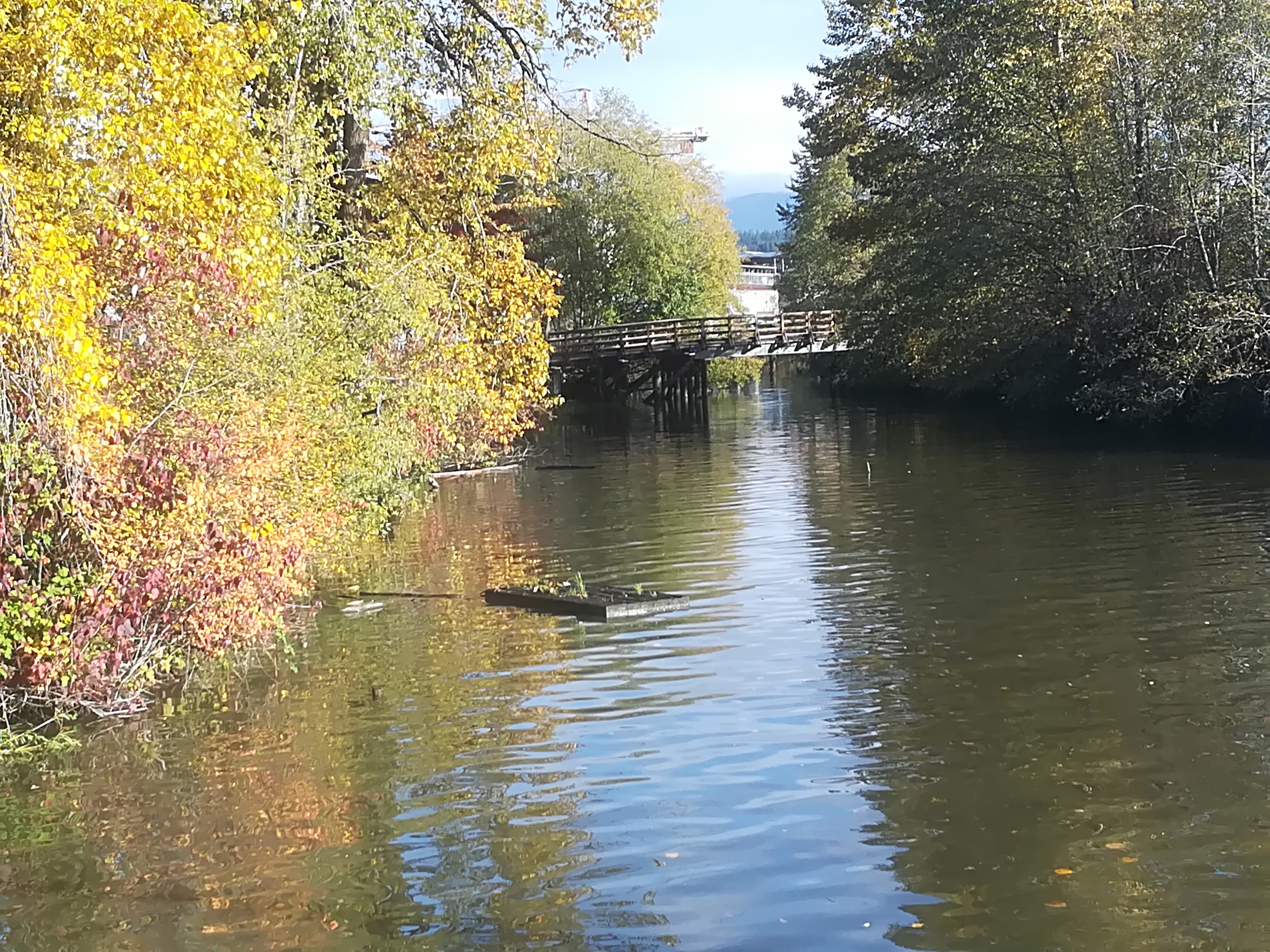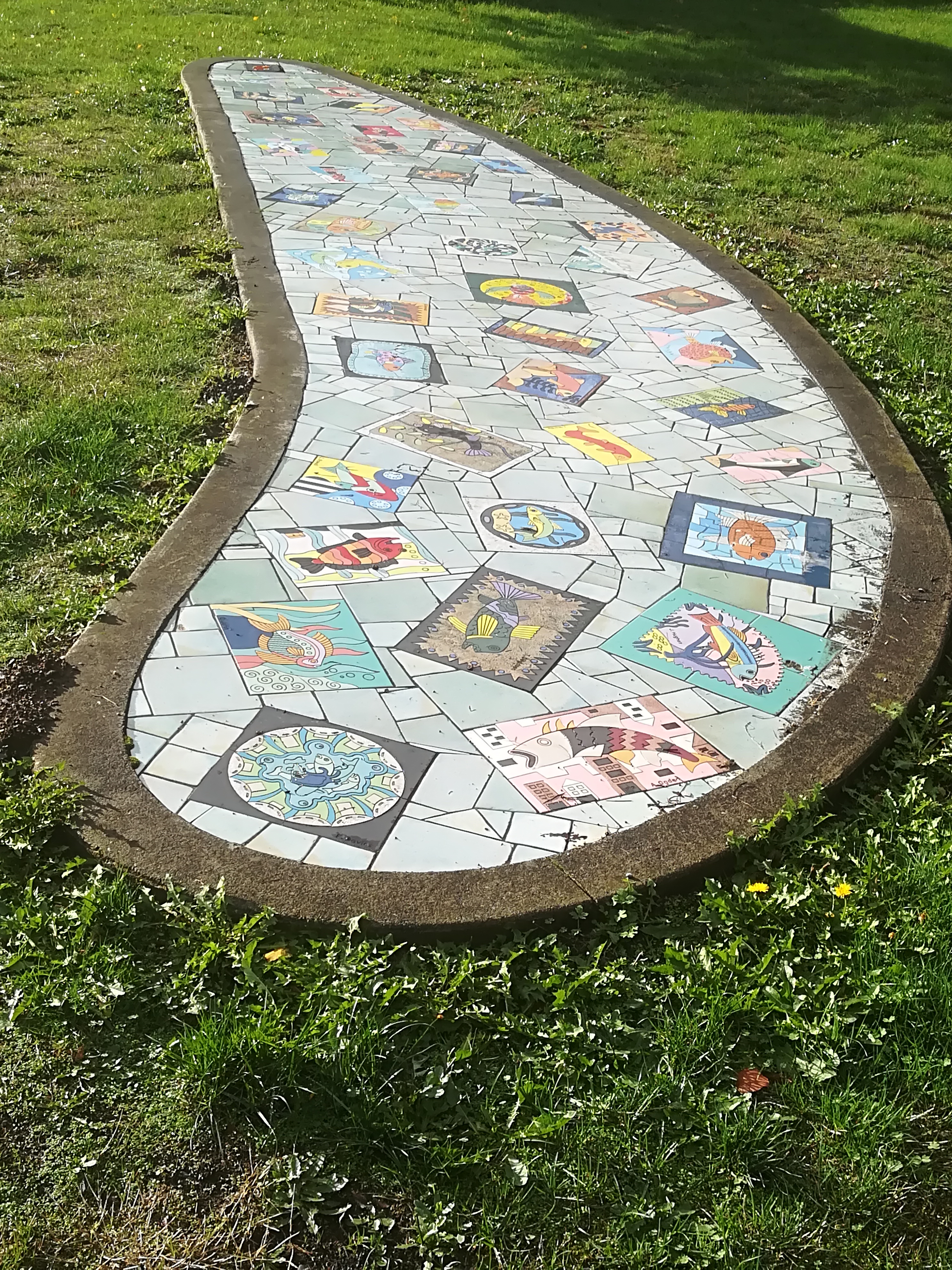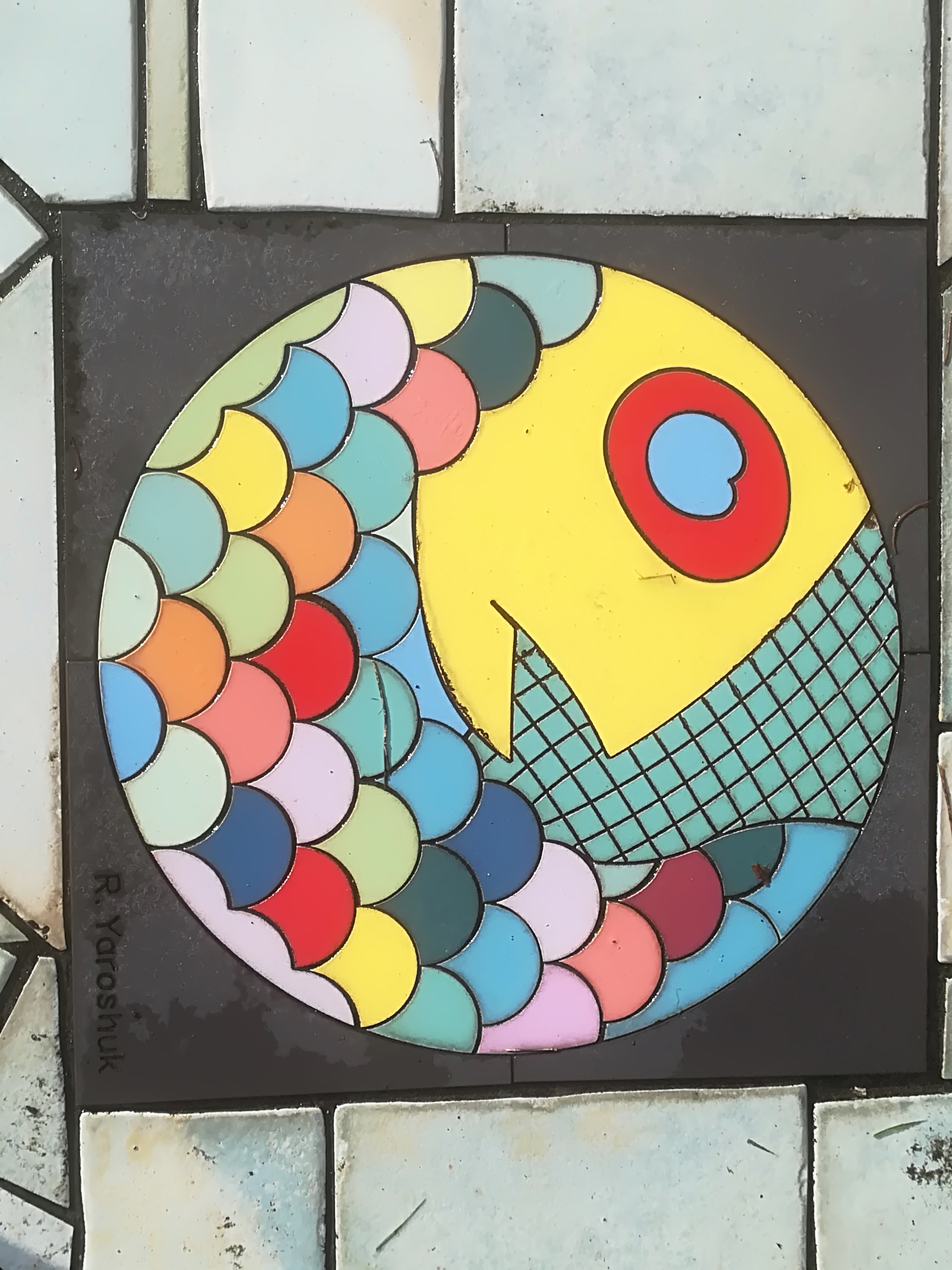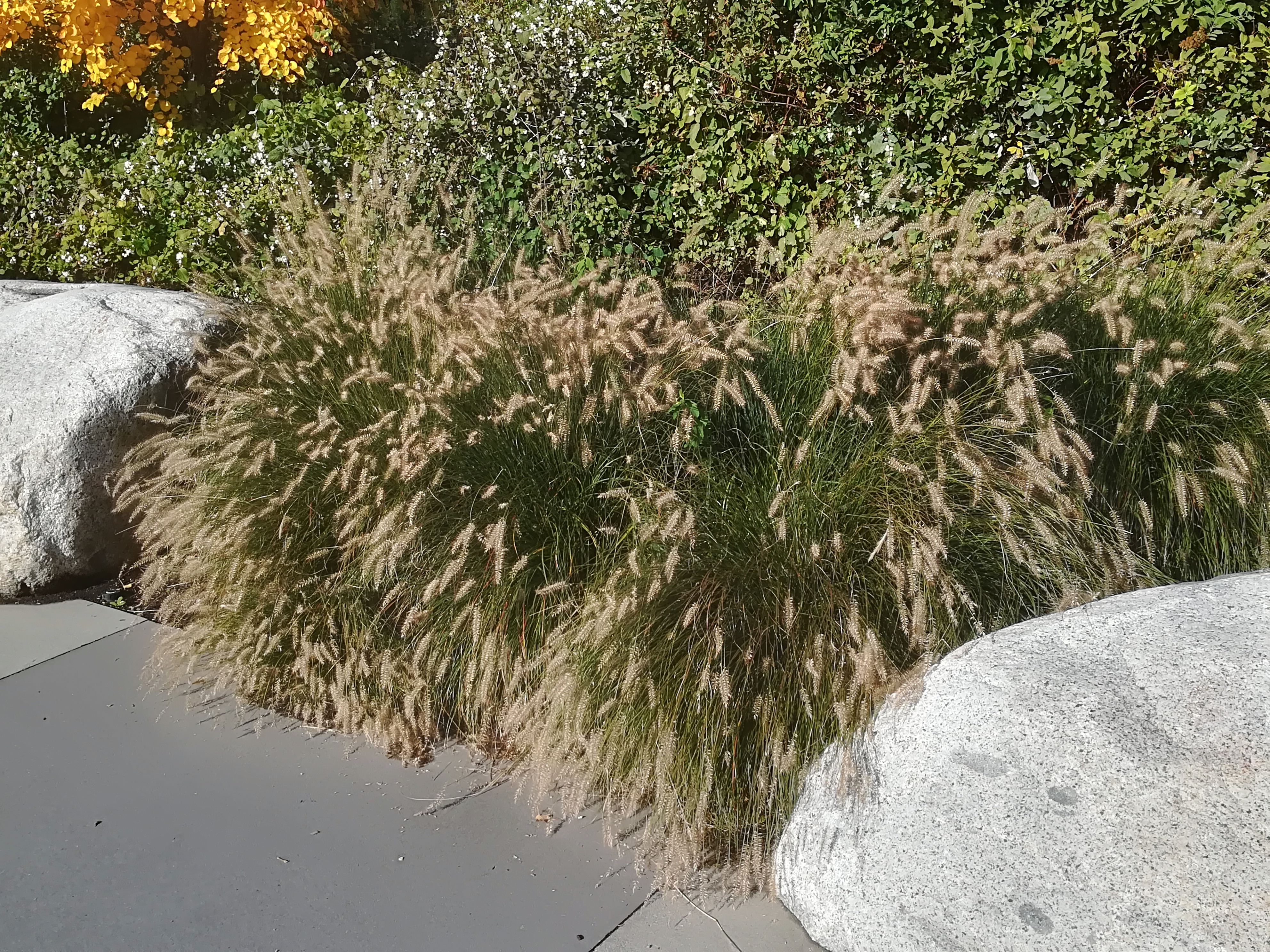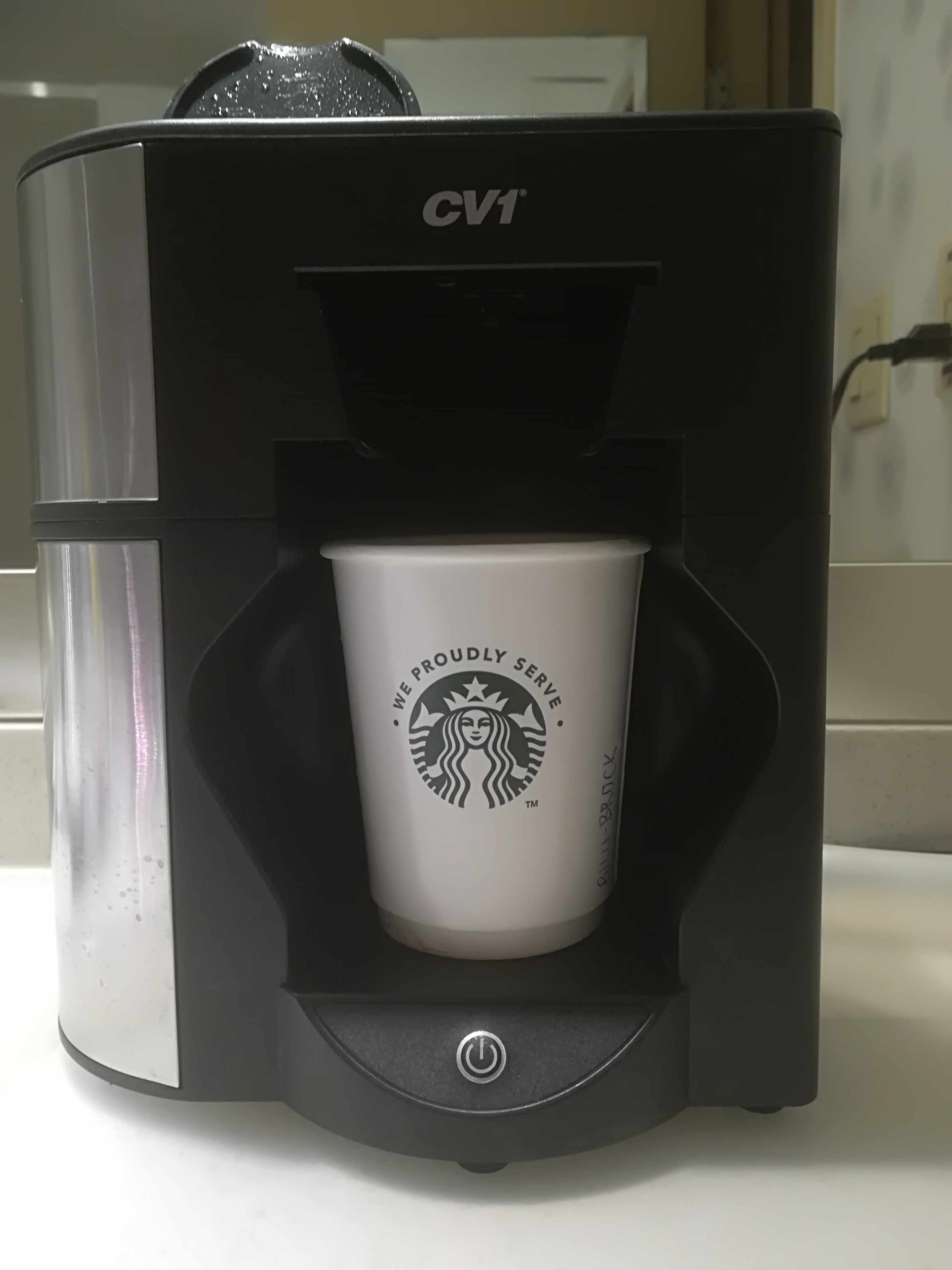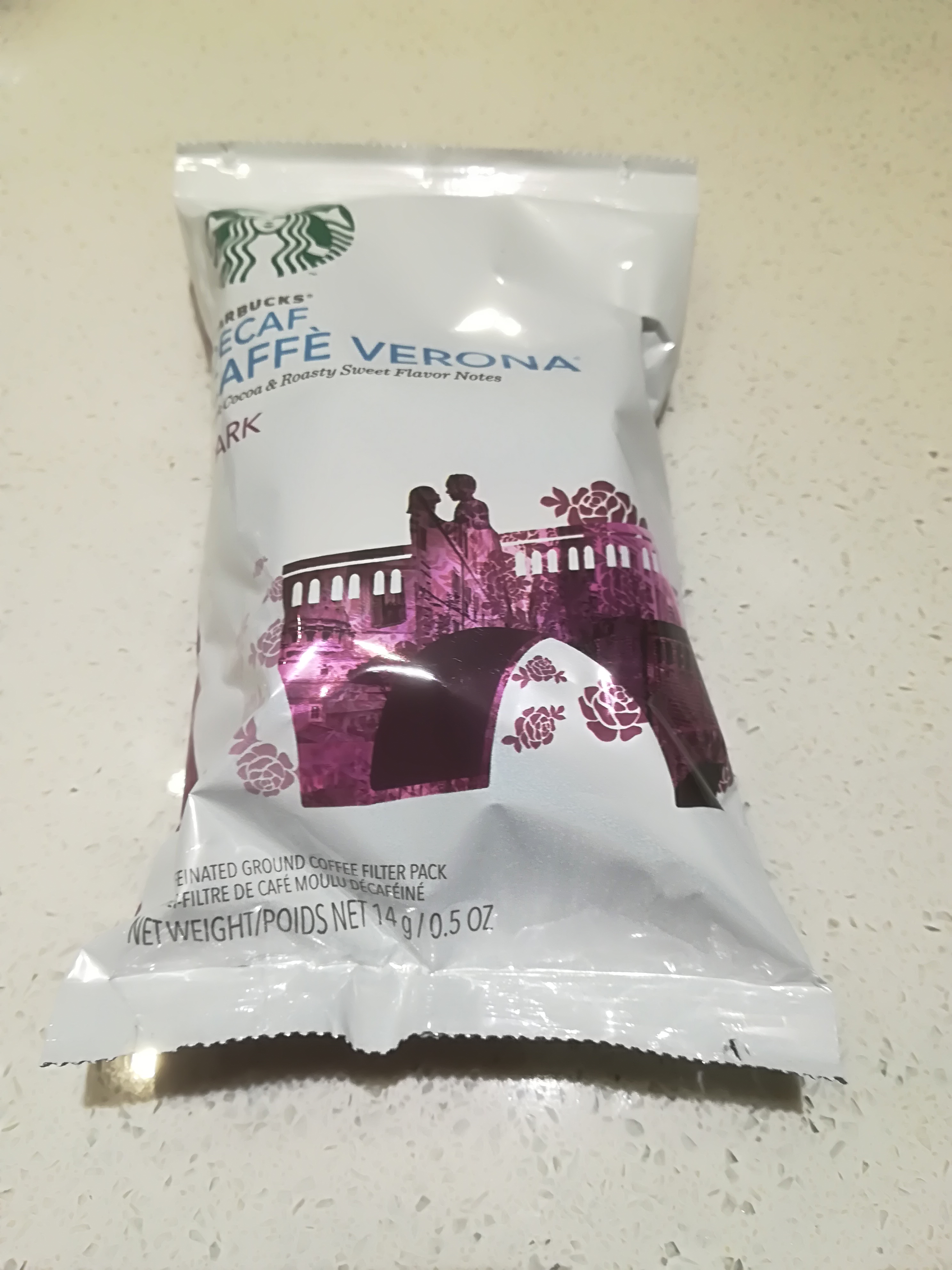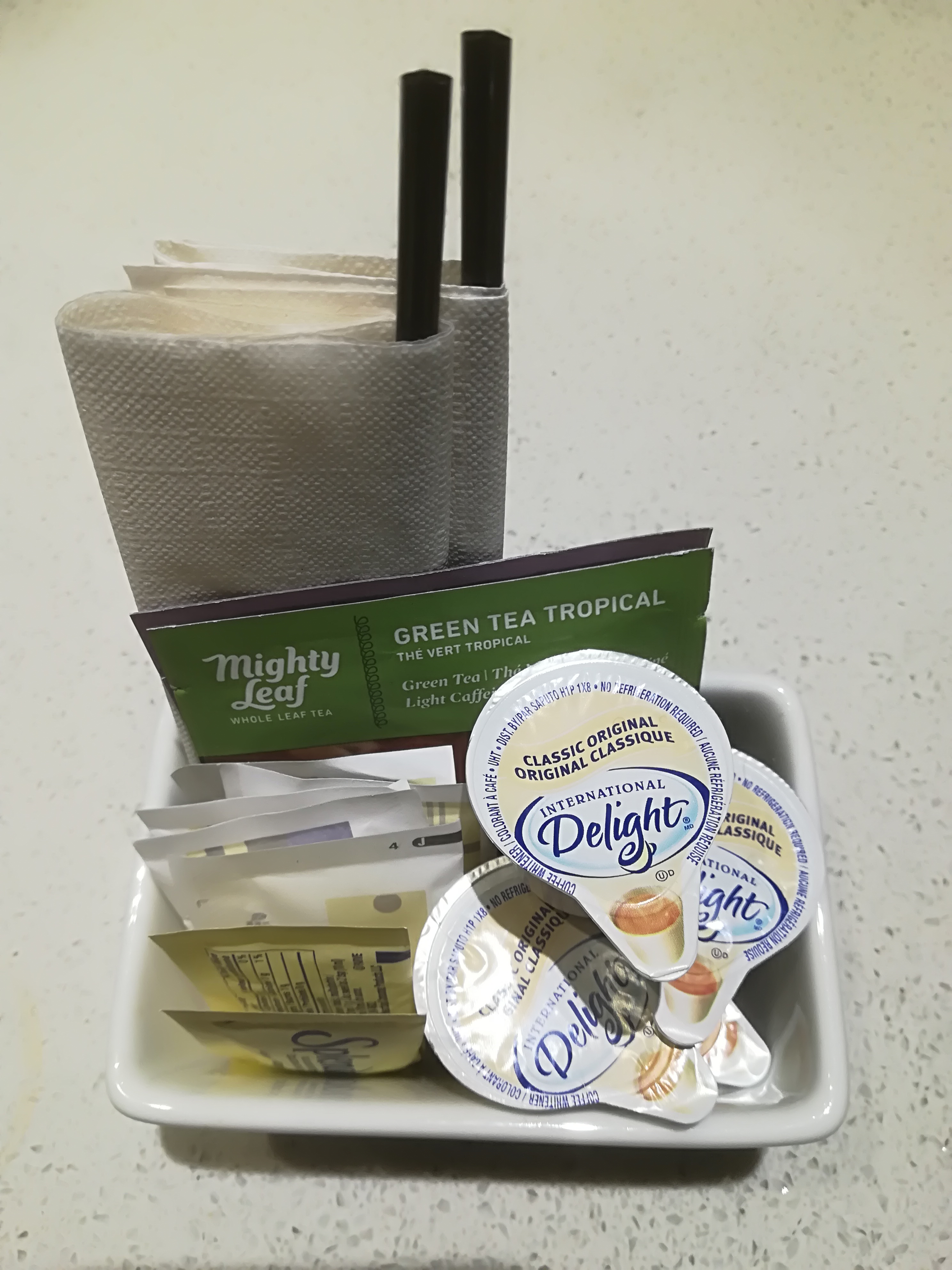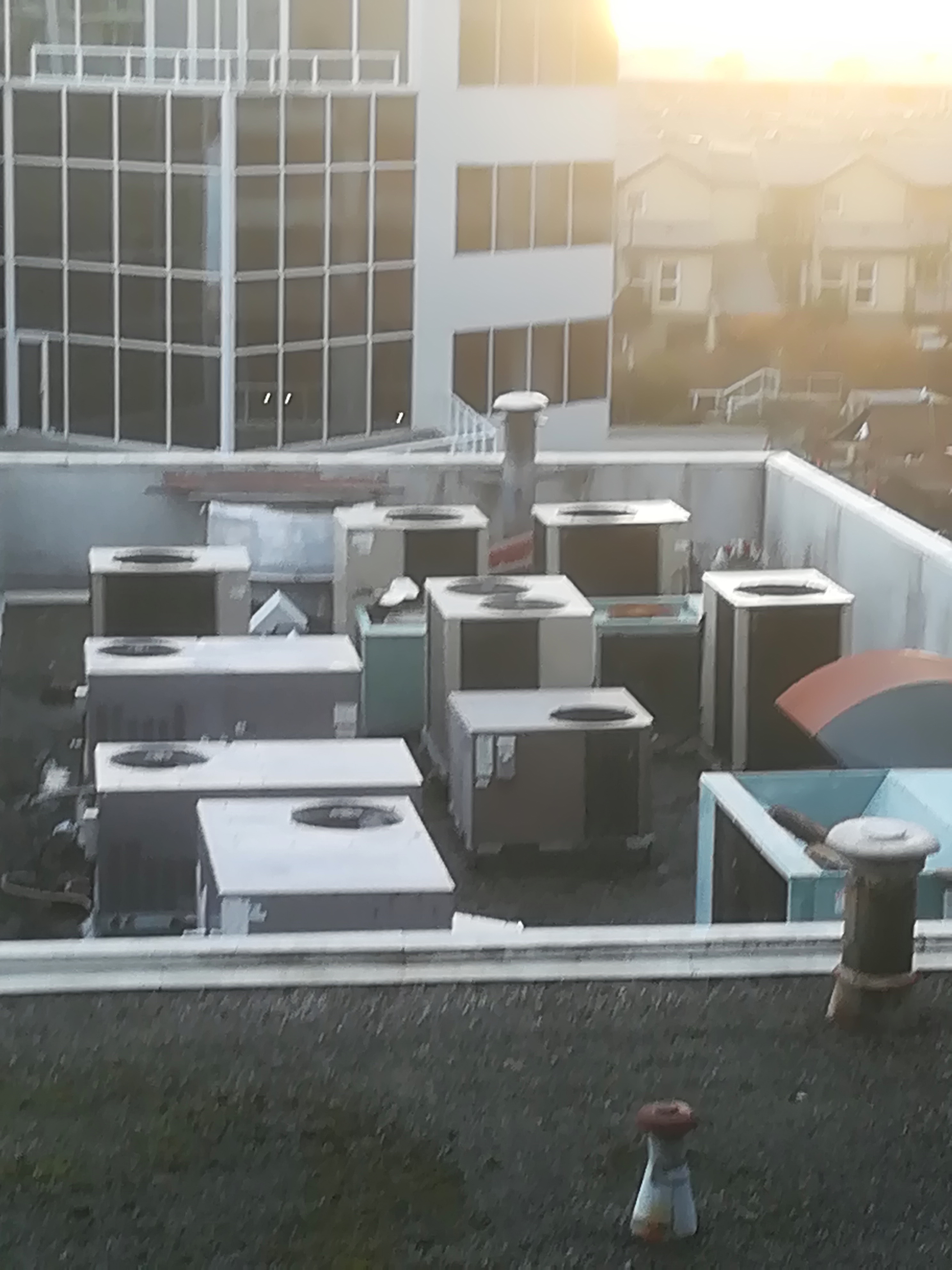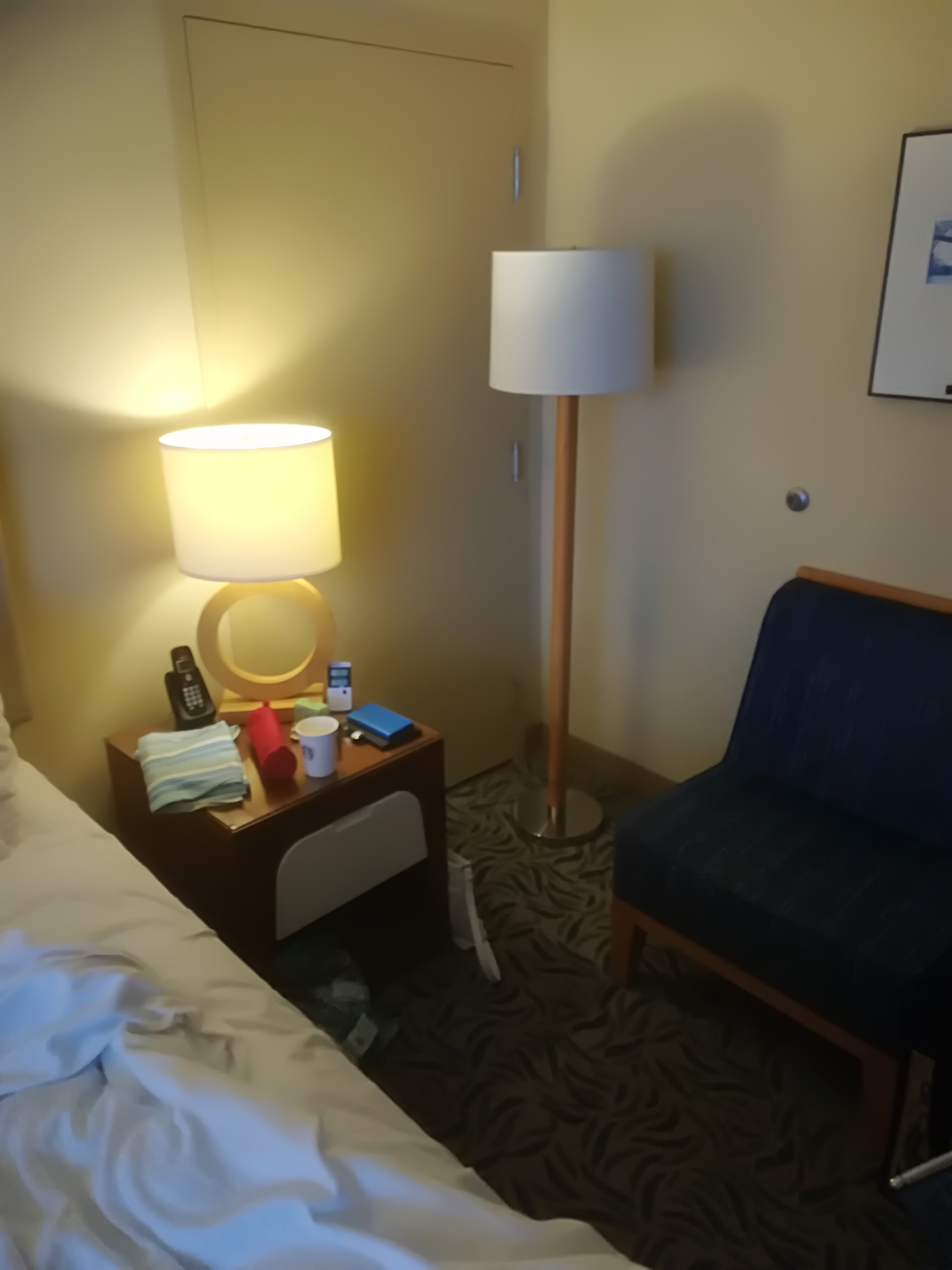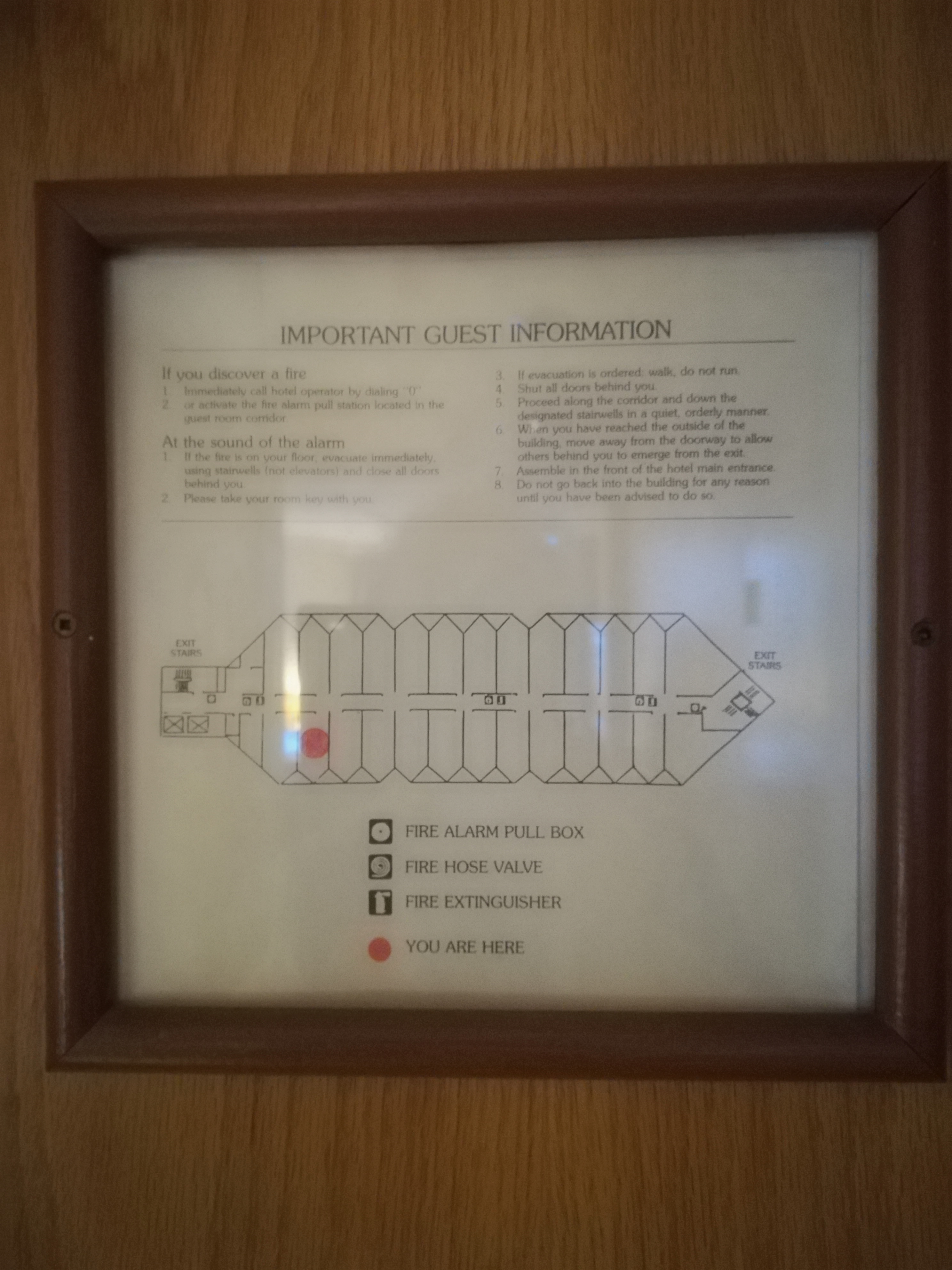Every soul needs a fortress to protect it against the onslaught of the modern world. Life isn’t for weaklings. Living demands effort. Surprisingly, the Baha’i Faith does not promote work, or even careers, as this fortress. Rather it comes from marriage. A true marriage is not just confined to this world, but lasts almost perpetually.
“The true marriage of Bahá’ís is this, that husband and wife should be united both physically and spiritually, that they may ever improve the spiritual life of each other, and may enjoy everlasting unity throughout all the worlds of God.”
Bahá’u’lláh described marriage as a “fortress for well-being.”
I don’t think Bahá’u’lláh was just talking about passionate nights. Living with someone 24/7 requires more than just sex to sustain a relationship. Living together may be a normal state, it might even promote health and longevity, and result in greater happiness, but these positive elements will only develop if there is friendship, at the heart of the relationship.
They “must, however, exercise the utmost care to become thoroughly acquainted with the character of the other, that the binding covenant between them may be a tie that will endure forever. Their purpose must be this: to become loving companions and comrades and at one with each other for time and eternity…”
Soon my beloved and I will have been married for 40 years. I would like to be able to say that we have learned to live together in perfect harmony, and to work together as a team. But that isn’t always true. Disagreements can arise. Frequently, we have separate areas of expertise. I will never have the culinary skills, nor the interest in textiles that my beloved has. Then again, she is less interested in woodworking and fixing computers. Hopefully, our interests and abilities complement each other.
“The love between husband and wife should not be purely physical, nay rather it must be spiritual and heavenly. These two souls should be considered as one soul. How difficult it would be to divide a single soul!”
Children seem to be an essential part of marriage, despite the world heading to a state of overpopulation and global warming. When those children arrive, they have to be raised. This can strain a relationship, because most people are come unprepared for parenthood. Children don’t always follow the book, with respect to their behaviour. Sometimes, differences can arise between parents, because they see things from different perspectives. Yet somehow, with a little prayer and reflection we muddle through, and children develop into adults.
“The foundation of the Kingdom of God is based upon harmony and love, oneness, relationship and union, not upon differences, especially between husband and wife.”
There is a life after children. There is even life after retirement. Yet, I am eternally grateful that I have my beloved to share my life with me.
“The Lord, peerless is He, hath made woman and man to abide with each other in the closest companionship, and to be even as a single soul. They are two helpmates, two intimate friends, who should be concerned about the welfare of each other. If they live thus, they will pass through this world with perfect contentment, bliss, and peace of heart, and become the object of divine grace and favour in the Kingdom of heaven.”


